
Looking for wildflowers at Lake Tahoe is much like embarking on a treasure hunt. But the beauty of searching for Tahoe wildflowers is that you’re nearly always guaranteed to find some in bloom. This is assuming that you’re looking during the warmer months, of course. And that you don’t mind looking really closely at the ground. There are some really tiny ones out there, after all. And they go by the name of “belly” flowers. Why, do you ask? Because you nearly have to be laying on your belly to see them 🙂
Just be forewarned, though, if you do decide to dedicate time to look for and identify Lake Tahoe wildflowers…
Before you know it you’ll be spending five+ hours on the hunt. But you’ll only have covered a few miles! And two-thirds of the way through your adventure, you’ll realize that you didn’t bring enough water and food. In fact, that apple and trail bar you forgot to pack is still sitting on the kitchen counter at home!
Support Tahoe Trail Guide with a financial contribution via PayPal (single contribution) or Patreon (reoccurring contributions). Your support of Tahoe Trail Guide is very much appreciated!

How could you have overlooked such critical details when preparing for a hike? Perhaps you were just planning to scope out a couple of short miles after running errands around town.
But there was so much to see in such a short distance! With every few paces there was another species worthy of admiration and study.
However, time waits for no one and the minutes ticked by as you slowly strolled along.
On top of everything, terrain dictates your route when it comes to finding Lake Tahoe wildflowers. Maybe your white whale of a wildflower is waiting for you down in that draw. Or, maybe it’s up that hill along that game trail.
As the internal debate rages on as to whether or not you should pursue that off-beaten path, you can’t help but wonder if you’ll ever be back at that exact location under those same circumstances. So unless you cover that distance right now, you’ll never know what wildflowers you might find.
If all of this sounds like it came straight out of a scene from The Treasure of the Sierra Madre, you’d be close. This was the obsessive and compulsive process I went through during 2019. During that year I dedicated myself to finding as many wildflower and plant species as possible at Lake Tahoe.
More on that later. For the time being, just know that I’m prone to falling down rabbit holes.
Washoe Meadows State Park Wildflowers
Shift in Perspective
Over the years, I’ve logged a lot of miles and hiked many of Tahoe’s prominent peaks and trails. In 2014, I thru-hiked the Tahoe Rim Trail.
In reality, though, I’ve probably only hiked a small fraction of all the trails that Lake Tahoe has to offer.
That’s ok. I’m pacing myself.
But you’re going to have fun playing in Tahoe’s backcountry no matter what activity you choose. For me, however, strictly hiking trails and climbing peaks can become routine. This is often the case when I hike at the same time of day during the same season.
On the other hand, hunting for wildflowers is a completely different way of experiencing the outdoors.
Therefore, I recommend you mix it up at least a couple of times during the summer. Instead of logging miles, log some identifications by specifically searching for Lake Tahoe wildflowers.
In case I’m not being clear, let me explain. Instead of just giving wildflowers a casual glance while hiking past them en route to Mount Tallac, for example, I challenge you to specifically seek them out.
Once you locate a species of wildflower, stop and study it for a few minutes. What details make it unique? For now, don’t worry about pulling out a field guide to assist you in identifying it. Just study the wildflower from different angles. Definitely take photos of the wildflower for future reference. Also, consider recording notes about the flower in a field journal.
Once you’ve experienced the wildflower, move on to the next plant species that catches your attention.
Consider this approach to hiking a lesson in mindful walking.
Keep in mind that I generally hike no faster than 1 mile/hour when hunting for Lake Tahoe wildflowers. This is a snail’s pace I know. But, again, this way of hiking provides a new perspective to being outdoors.
Besides, finding wildflowers at Lake Tahoe isn’t exactly like walking through a nursery. Due to Tahoe’s relatively harsh landscape, wildflowers can be quite small and camouflaged. So if you hike much faster than a mile per hour, you’ll probably miss a lot of cool stuff.
Carson Pass Wildflowers
Snowpack and Elevation Affects Wildflower Bloom Times
The 2018/19 winter at Lake Tahoe was epic. Outstanding. One for the record books.
Well, maybe it wasn’t the biggest snow year on record at Lake Tahoe. However, it was the biggest that I experienced. I actually logged 136 days of cross-country skiing during that winter! Believe it or not, my last day on skis for the season was June 13, 2019, at Carson Pass 🙂
How does this apply to finding Lake Tahoe wildflowers, you ask?
There was so much snow in the Sierra Nevada that the 2019 wildflower bloom season was delayed by a full month.
The wildflowers didn’t know what to do. In some locations, nothing came into bloom until July. When the flowers did finally bloom, it was like everything simultaneously exploded.
At lower elevations and closer to Lake Tahoe, many flowers bloomed only a couple of weeks behind their usual schedule. However, in the higher elevations I was still finding in full bloom Marsh Marigold and Spreading Phlox in late August. Both of those typically bloom in April or May.
Read Two Factors that Determine Peak Bloom Times for Sierra Nevada Wildflowers at Lake Tahoe for more discussion of elevation and snow levels.
So if you’re planning to find Lake Tahoe wildflowers, do some research to determine the current state of the snowpack. This information won’t necessarily be easy to find. Once winter is over, nobody really publishes current information about the snowpack. So, your best bet may be to ask the question in the comments below. Or you could send me a message via the contact box (sidebar).
Once summer officially arrives, keep track of where water is still present. For example, the lakes, ponds, marshes, and rivers. These wetter locations generally yield wildflowers longer into the summer than drier trails that lead you the tops of peaks.
This isn’t to say that wildflowers and other plant life doesn’t grow in drier and higher locations. You just might not find as many varieties in that terrain. You may also have to look a little closer, as well. Species tend to get sun-bleached and parched at those higher elevations. Essentially, they blend into the landscape.
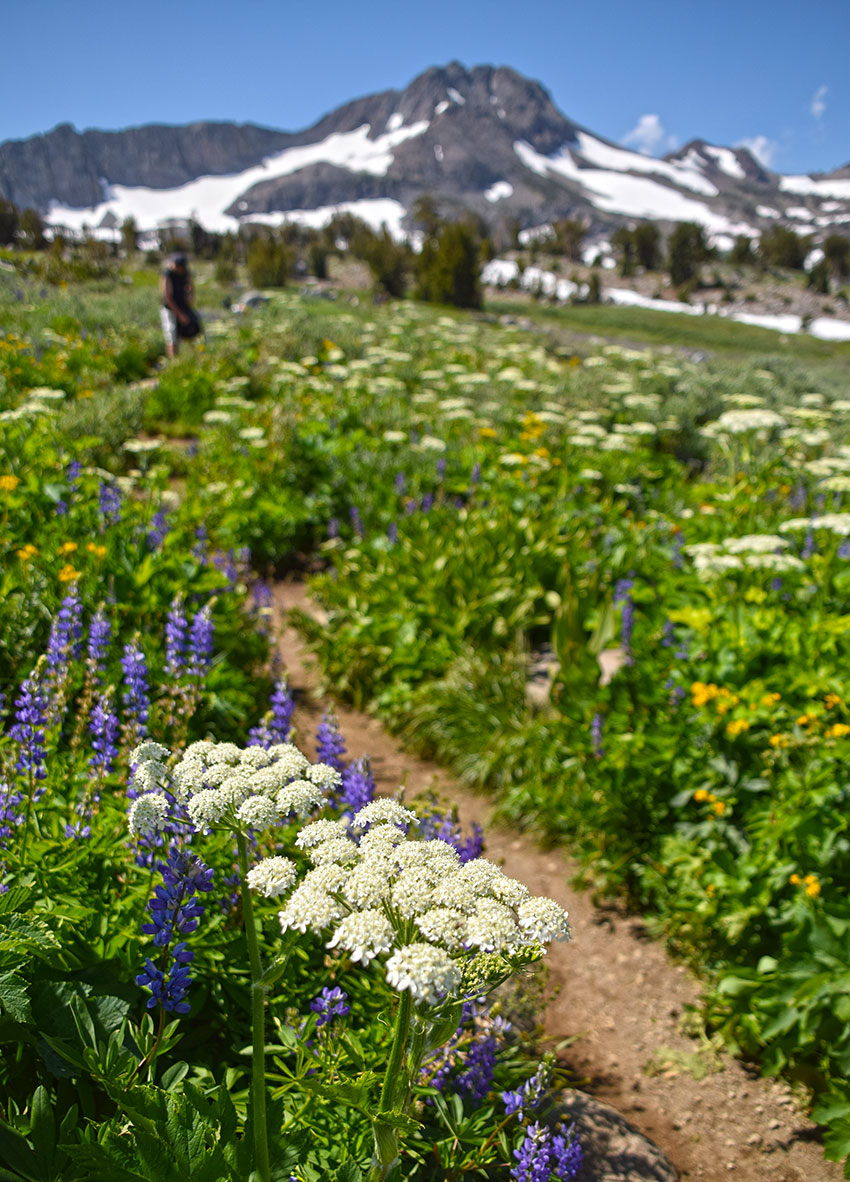
Channeling OCD and Addictive Behavior into a Positive Endeavor
Getting back to the rabbit hole that was 2019…
Tahoe Institute for Natural Science (TINS) hosts an online project every three years at the website iNaturalist. The project is called the “Tahoe Wildflower Big Year.”
The project focuses on finding and identifying as many species of wildflowers during the calendar year. Trees, bushes, and other plant life are also included in this fun competition. In essence, the wildflower hunt is much like a Big Year for birders.
I had signed up to participate in the Lake Tahoe wildflower event earlier in the year. However, there was so much snow so late in the season that I wasn’t in the right headspace for wildflowers. As I mentioned, I was still xc skiing.
Besides, in previous (normal) years most of the early blooming wildflowers have already gone to seed by mid-June. So, I had written the whole wildflower hunt off thinking I was late to the party.
At the beginning of July, however, I noticed only a few people posted their observations to the project. And, I had actually taken photos of many of those same flowers for my own records. I did go for the occasional short hike around my home, for example.
Maybe I wasn’t so late, I thought.
For the next week I sorted through my wildflower photos. Then, I uploaded all the relevant observations to iNaturalist.
Before I knew it, I was in the top 10 for the two main categories (Most Observations and Most Species). I remained there for the whole year. This is due in large part to my addictive personality and competitive nature.
There are worse things to obsess about, however.
I stayed on the hunt well into the fall of 2019. However, species were becoming more challenging to locate. And, most were well past their peak bloom. Unless you’re a professional botanist it’s just hard to ID species after they’ve bloomed and gone to seed.
Participating in the Tahoe Wildflower Big Year was absolutely rewarding. All jokes aside about turning naturalism into a contact sport … that summer was essentially a crash-course in wildflower identification. It also taught me a lesson in developing and honing my skills of perception.
One of the great benefits of using the iNaturalist website is that it provides ID recommendations. More importantly, the site is comprised of a community of naturalists who can confirm (or correct) your identifications. There are many active experts and professionals on the site. And most are kind enough to share their knowledge when asked.
In many respects, iNaturalist has replaced most of my other social media needs. I’m still posting photos and chatting with people. However, it’s in an educational environment. So it’s refreshing to see people doing cool things and helping to educate each other about wildlife and plant species. Basically, there isn’t any discussion of politics, obnoxious memes, or photos of people’s lunch 🙂
Focus on Most Species versus Most Observations if you participate in the Tahoe Wildflower Big Year (2022). Posting every wildflower you find definitely helps iNaturalist and its community of researchers. It’s valuable information, after all. But, that involves a ton of work. Basically, you’re going to spend a lot of time processing and uploading photos. This project covers an entire calendar year so pace yourself. Besides, you can always go back and upload those additional observations later. Essentially, iNat is a living document.
A 65-85% ratio of species-to-observations is a good ratio for which to shoot when uploading species. Ultimately, you’re going to post multiple observations of the same species. This is fine. But, again, you’re going to amass a huge collection of photos. So, the project can really start to feel like homework if you don’t pace yourself.
The two reasons I end up with multiple observations for the same species is that…
- I forgot I had already had found (and posted) an observation of the species.
- I do it in order to strengthen an ID. Basically, one of the observations I previously posted may be suspect. This could be due to it featuring poor quality photos. Or, my observation was well after peak bloom season.
Frog Lake (Carson Pass) Wildflowers
Tips and Considerations for Finding Lake Tahoe Wildflowers
- Don’t pick wildflowers. Ever. Period. I don’t care how many there are on the trail. Never pick wildflowers. You kill the plant and reduce its likelihood of ever returning. Then, you deny everyone else the opportunity to see it. Also, you steal food from the insects and critters that rely on it for sustenance. Tread lightly on the earth, it’s the only home we have.
- Hike on the trail. Don’t hike along the side of the trail.
- Wet areas yield diverse species of wildflowers. However, they can be challenging to spot since everything looks lush and competes for your attention.
- That said, marshes and meadows are extremely sensitive. So use caution when traveling through these areas. Ultimately, stick to durable surfaces (i.e. established trail, logs, rocks…). In these situations, I prefer to use a telephoto lens. That’s because I won’t have to walk right up to the flower in order to see it.
- Wetter terrain also tends to attract diverse bird populations.
- When traveling through drier terrain, you’ll still have to look closely. This is because wildflowers will be bleached and parched, making everything look homogenous.
- I prefer to visit new locations whenever I go on a backcountry adventure. However, I find myself hiking the same terrain over the course of the summer when looking for Lake Tahoe wildflowers. This is because species bloom at different times. This is another way of seeing the same old, anew!
- This will turn some people off and raise their hackles. However, travel in smaller groups or hike alone. I understand classes and guided tours need a certain number of participant to make the trip financially viable. However, groups larger than six people (regardless of how careful you are) have a massive impact on the backcountry. Other hikers have to move around you or vice versa. Your large presence changes the entire dynamics of the backcountry. For example, it scares away the wildlife. Although it’s never anyone’s intention, large groups ultimately wind up spreading out and trampling sensitive lands. Everyone is simply trying to carve out their own little space.
- As with any new language, one of the first steps is learning basic vocabulary. What is this called? This is the approach I’ve taken when learning to identify Lake Tahoe wildflowers. Eventually I’ll take a much more scientific approach to studying them. In the meantime, I just like getting in the ballpark by learning the name of the species.
- Don’t pick wildflowers. Ever. Period.
Tahoe Meadows Wildflowers
Tips for Photographing Wildflowers (for ID purposes and aesthetics)
I’ll cover in more detail some of the lessons I’ve learned over the years with regard to photographing Lake Tahoe wildflowers. However, here are some things to consider in the meantime.
- Photograph wildflowers at their peak bloom. This provides the nicest photos as well as the best chance for identifying the wildflowers. Honestly, I always attempt to do this but don’t always succeed. This is OK. By becoming familiar with wildflowers before and after their peak bloom, you’ll become savvier at identifying them.
- Photograph wildflowers from multiple angles. Photograph their heads, stems, leaves, and bases.
- Isolate the wildflower in frame. This way it’ll be the focal point of the photograph. That said, this can be challenging if there’s vegetation growing nearby. However, identification will be easier if the wildflower is clear and obvious. This is one reason I don’t mind using a telephoto lens. I can blur out the background easily by zooming in on the wildflower from a distance. A blurred background can also be accomplished by using a dedicated macro lens.
- One trick to photographing a wildflower with a “clean” background is to move around the wildflower. Basically, move so that the background looks more favorable. Or, move so that there’s space between the wildflower and objects behind it. Sometimes this just means adjusting the angle at which you’re shooting. Other times you may have to walk around the wildflower completely.
- If you can’t frame the wildflower in camera, crop the image on your computer.
- The reason I don’t always use a macro lens is because I can’t always get close enough to the wildflower. It may be growing in sensitive terrain, for example. Or, I may simultaneously see an interesting bird-in-flight and want to photograph it (with a zoom lens). Unfortunately, you usually need to be about 6 feet away from the subject when using a telephoto lens. Otherwise, the camera won’t focus properly. So when I’m shooting close quarters, I often use a point-and-shoot camera. My P&S camera actually features some macro options. So it allows me to shoot within a couple inches of the wildflower. I also loathe changing lenses on my DSLR in the field. I don’t want to risk damaging my gear. And, life tends to pass you by when you’re busy futzing about with gear.
- Photograph the wildflower in focus. This should be obvious. But I see many photos where the wildflower is blurry because the camera focused on the vegetation behind it. Or, there was a slight breeze causing the flower to move in and out of focus. Learn how to use your camera’s focus system so that you don’t waste your efforts by taking a blurry photos.
- Process your photos on your computer. That said, I recommend only performing minor adjustments. For example, do a little color correction, sharpen the edges, and crop out unnecessary background noise. The cleaner and more obvious the image is, the better opportunity you’ll have at positively identifying the Lake Tahoe wildflower.
Cathedral Meadows Wildflowers
For additional information and considerations about finding Lake Tahoe wildflowers, read Two Major Factors that Determine Peak Bloom Times for Wildflowers at Tahoe.
Bringing the Outdoors Home
So often we barrel ahead at full steam with only the end point in mind rather than being present along the journey. I’ve succumbed to this fate as much as the next person, looking to put that check in the box or cross that activity off the to-do list.
As an artist, though, I’ve trained my eyes to pick out details that would otherwise go unnoticed. So, I take this skill with me while hiking, backpacking, trail running, cross-country skiing, and snowshoeing. And no matter the distance, I always carry with me a digital camera in which to capture images of those small treasures or fleeting moments that would ultimately be lost in time.
I agree that the constant documentation of life is an unfortunate side effect of the digital age. However, I prefer to treat the camera as nothing more than a tool. One in which I extend my outdoor experience beyond the trail.
For example, when hiking I’ll study wildflowers and take photos of them from different angles. Upon returning home, I’ll conduct more research based on those photos (and notes). Basically, I’ll search through various Sierra Nevada wildflower reference books and websites to determine its identification.
At first glance there’s nothing exceptionally profound about this exercise. Most of you probably already go through this process to one degree or another. But it’s a commitment to learning. It helps you to experience the outdoors in a new perspective. And, it encourages you to develop your sense of awareness and perception.
Through this process of discovery you’ll become more connected to the world around you. As a result, you’ll have more meaningful experience outdoors.
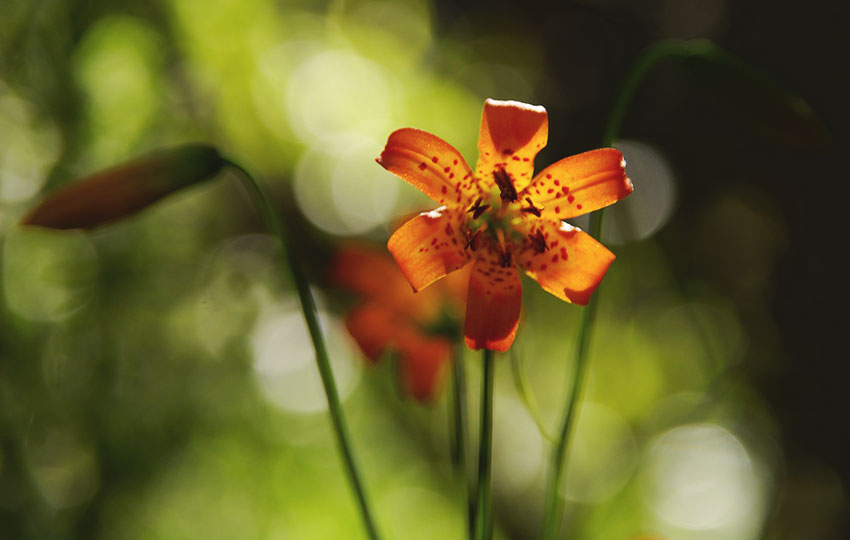
Question of Intention aka Conclusion
So, why is it important to be able to name and identify Lake Tahoe wildflowers? Well, you got me there.
If we’re going down that path I guess the broader and more relevant question to ask is, “Why is learning anything about nature important?”
I write these natural history articles to share with you entertaining and educational material that’ll enhance your outdoor experience. These works won’t transform you into world-famous botanists, for example. Their scope is relatively limited, all things considered. But they do provide a starting point for your own research. It’s my hope that after answering some basic questions about the wildflowers that you can find at Lake Tahoe, that you’d continue to ask questions.
- Why does it grow here?
- What is its connection to the landscape?
- Is it native or was it introduced to the region by humans (anthropogenic)?
- Or, was it brought here by wildlife?
- How does it benefit wildlife?
- Can it be eaten or consumed by humans?
- And, does it have medicinal properties?
As much as I’d love to be able to answer all of those questions, that would entail writing an entire book. And that’s not really what I’m trying to accomplish here.
Again, let’s just start by taking a closer look at our surroundings the next time we go outside. Because the more we become aware of the flora/fauna around us, the more we become invested in preserving it.
Best Wildflower Hikes of Lake Tahoe
Please note that this is an abridged list of Tahoe wildflower hikes. There are countless wildflower hikes at Tahoe and it’s simply going to take me time to compile them all. In the meantime, here’s a start. Please note that the locations without a link are articles I’ve yet to write.
- Winnemucca Lake
- Frog Lake
- Washoe Meadows State Park
- Cathedral Meadow
- Spooner Lake
- Rabe Meadow
- Meek’s Creek
- Paige Meadows
- Tahoe Meadows
- Watson Lake
- Freel Meadows
Paige Meadow Wildflowers
Articles About Lake Tahoe Plants and Wildlife
The following Tahoe Trail Guide articles feature information, history, and stories about the various forms of plant and wildlife that you can find at Lake Tahoe.
Lake Tahoe Wildflowers
- Two Major Factors that Determine Peak Bloom Times for Wildflowers at Tahoe
- Tips for Finding Wildflowers at Tahoe
- The Sinister Mustard Flower Rust
- Big Yellow Wildflowers with Big Green Leaves called Woolly Mule’s Ears and Arrowleaf Balsamroot
Trees of the Sierra Nevada
Birds of Lake Tahoe
- The Tree Cleaving Pileated Woodpecker
- How Woodpecker Contribute to Healthy Forests at Lake Tahoe (and other fun facts)
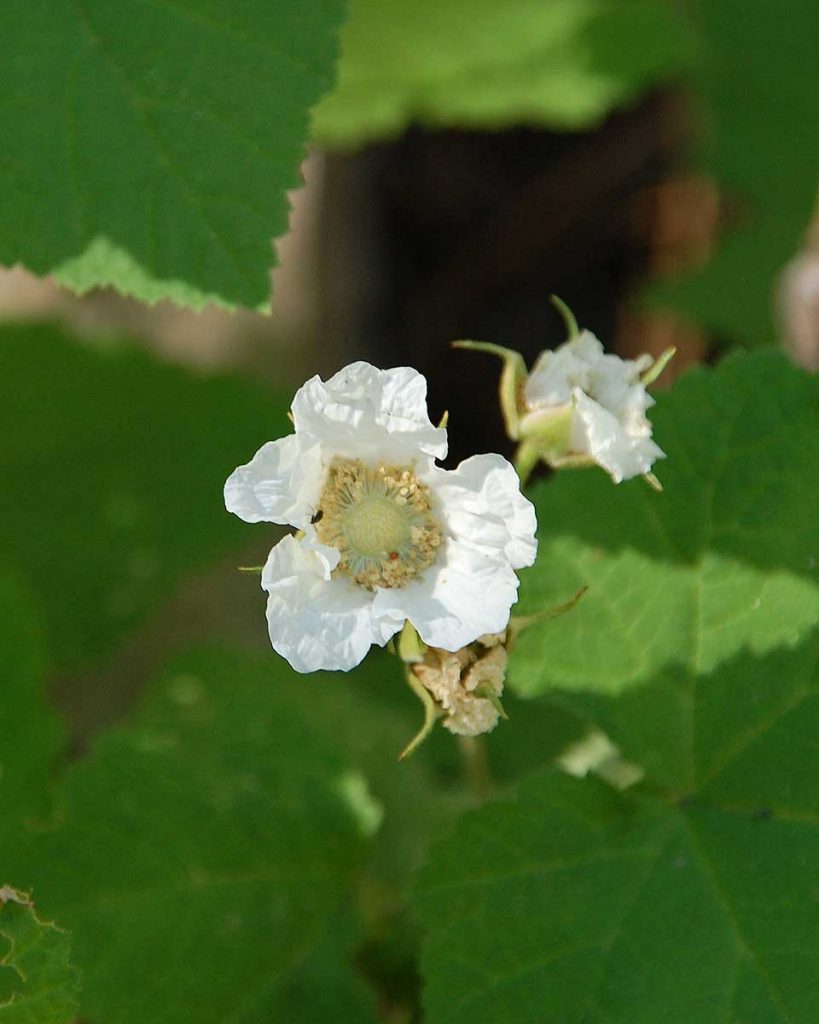
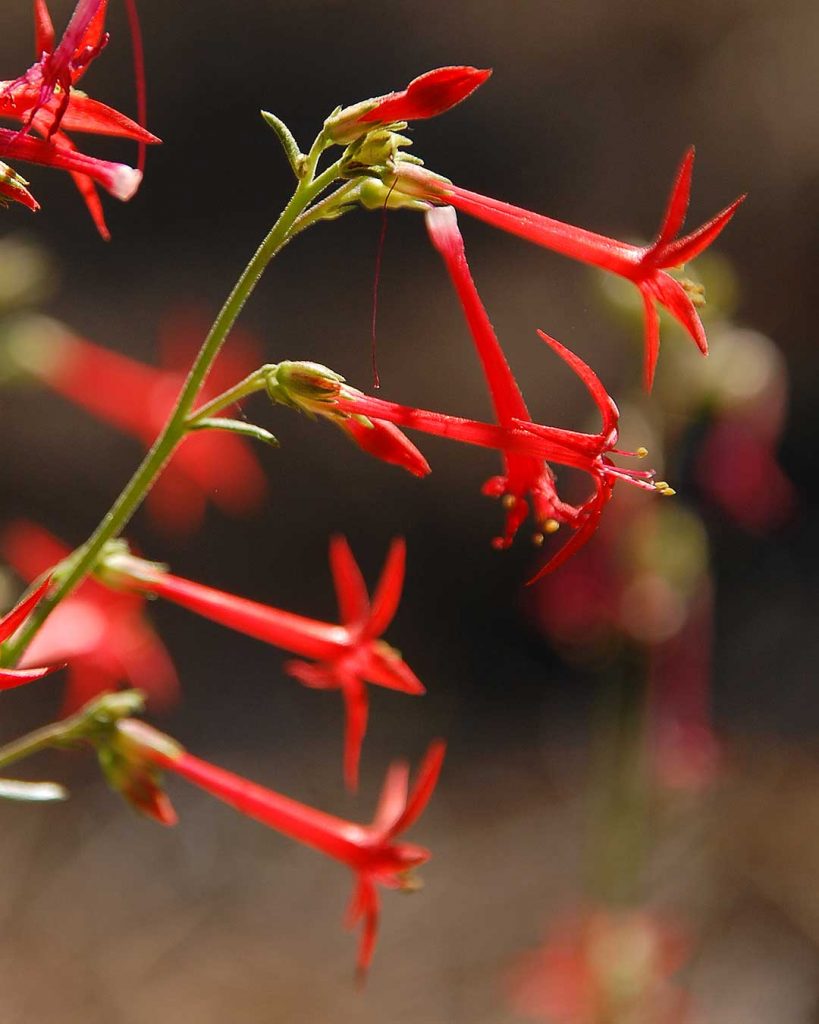
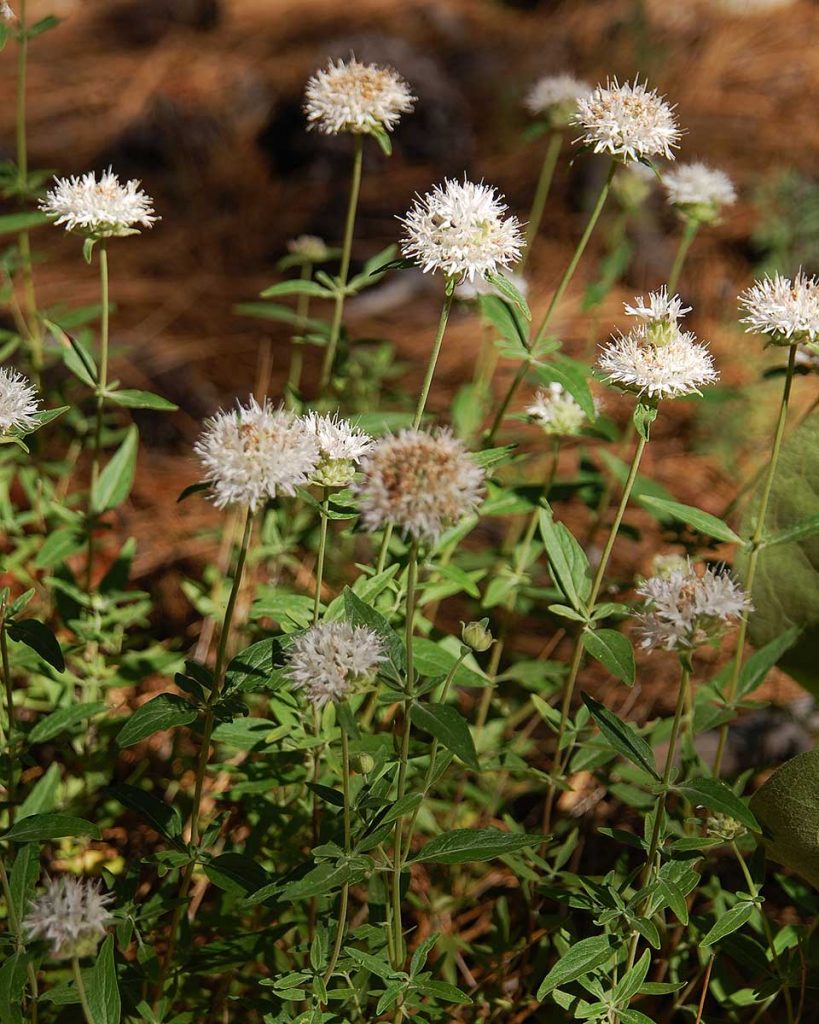
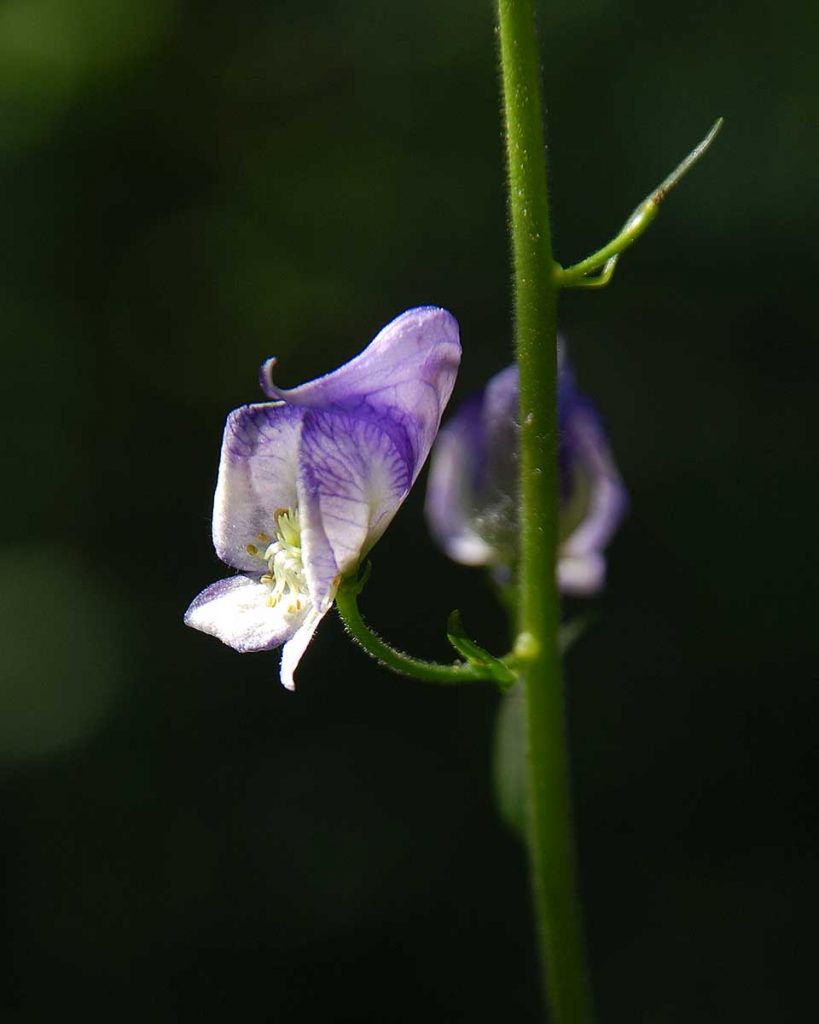
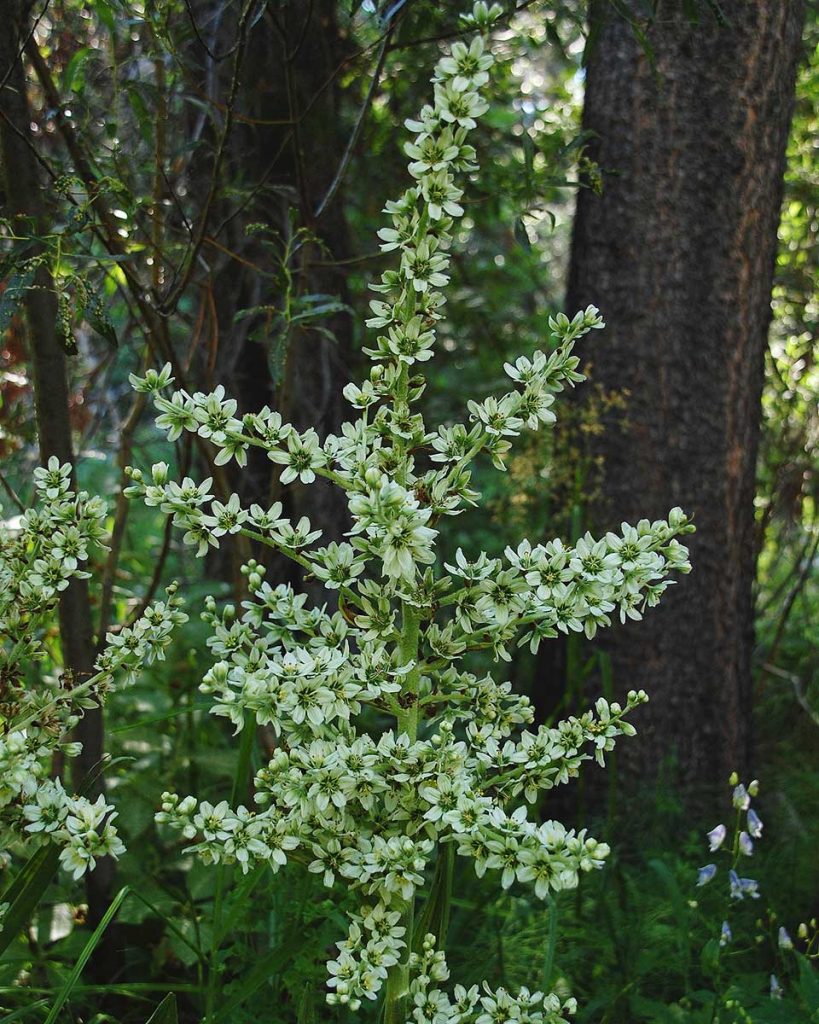
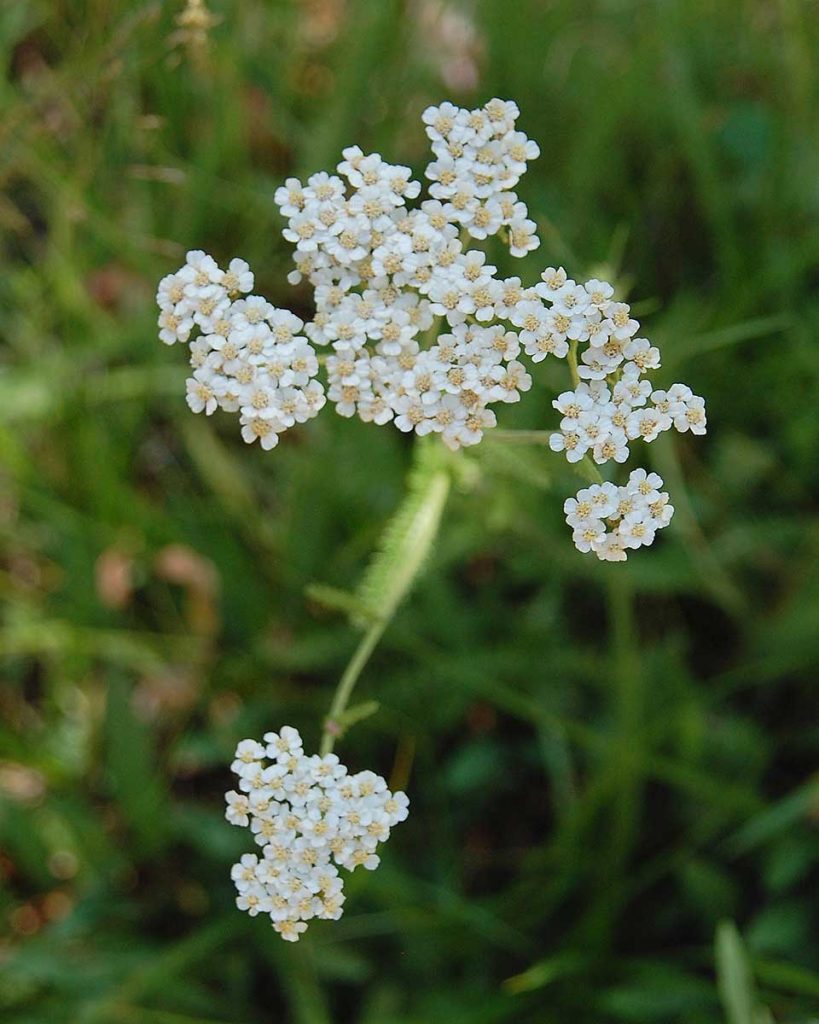
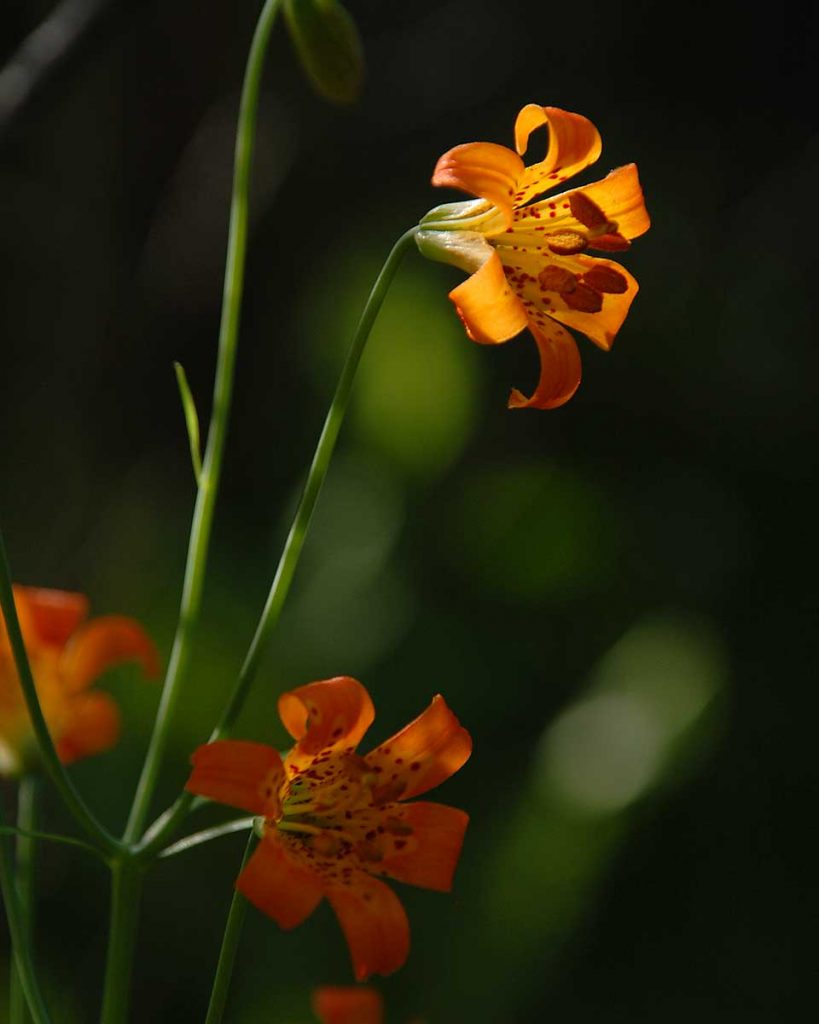
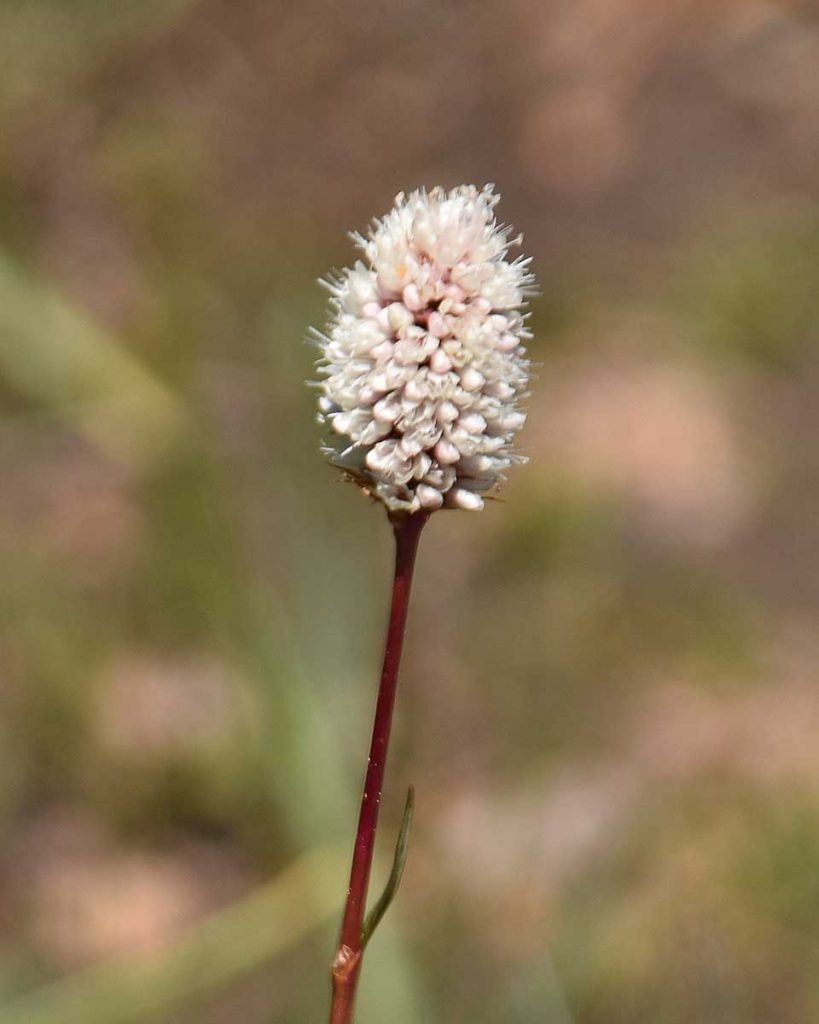
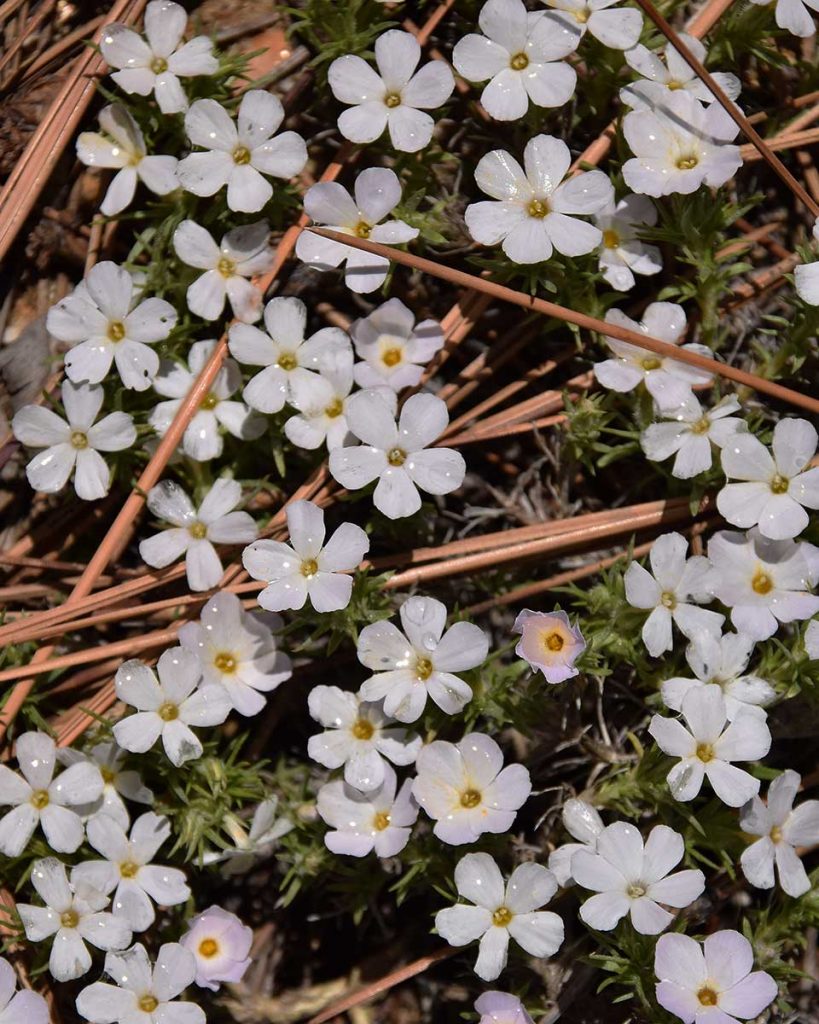
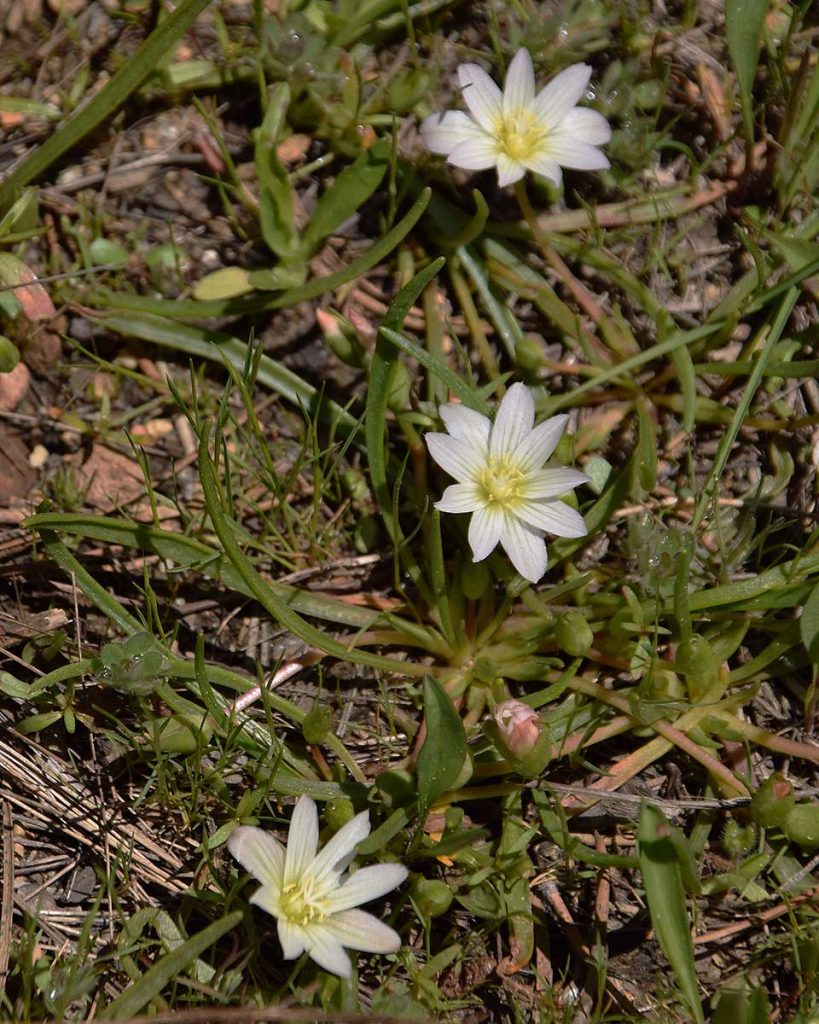
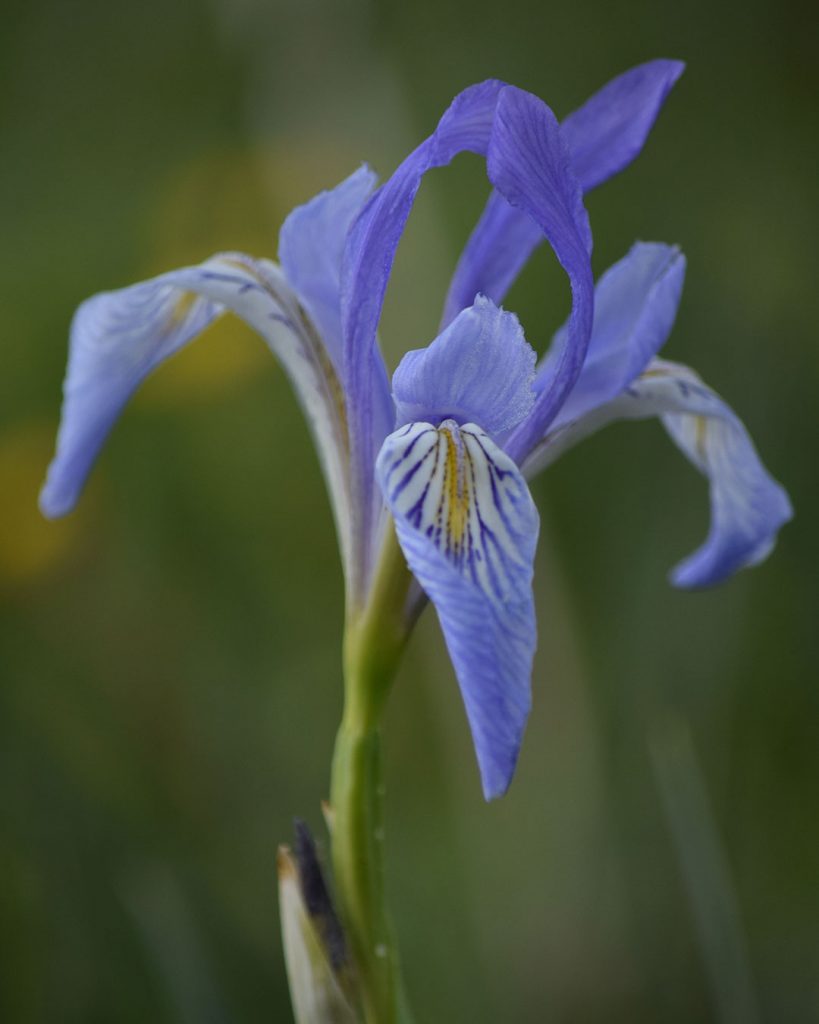

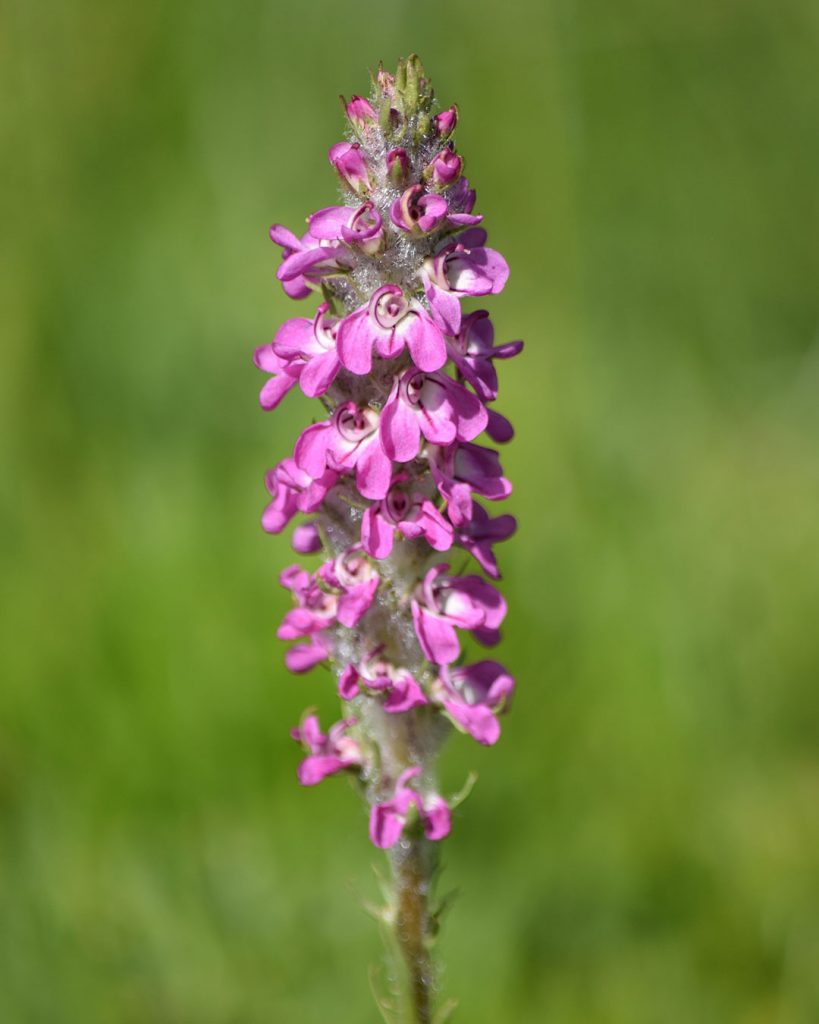
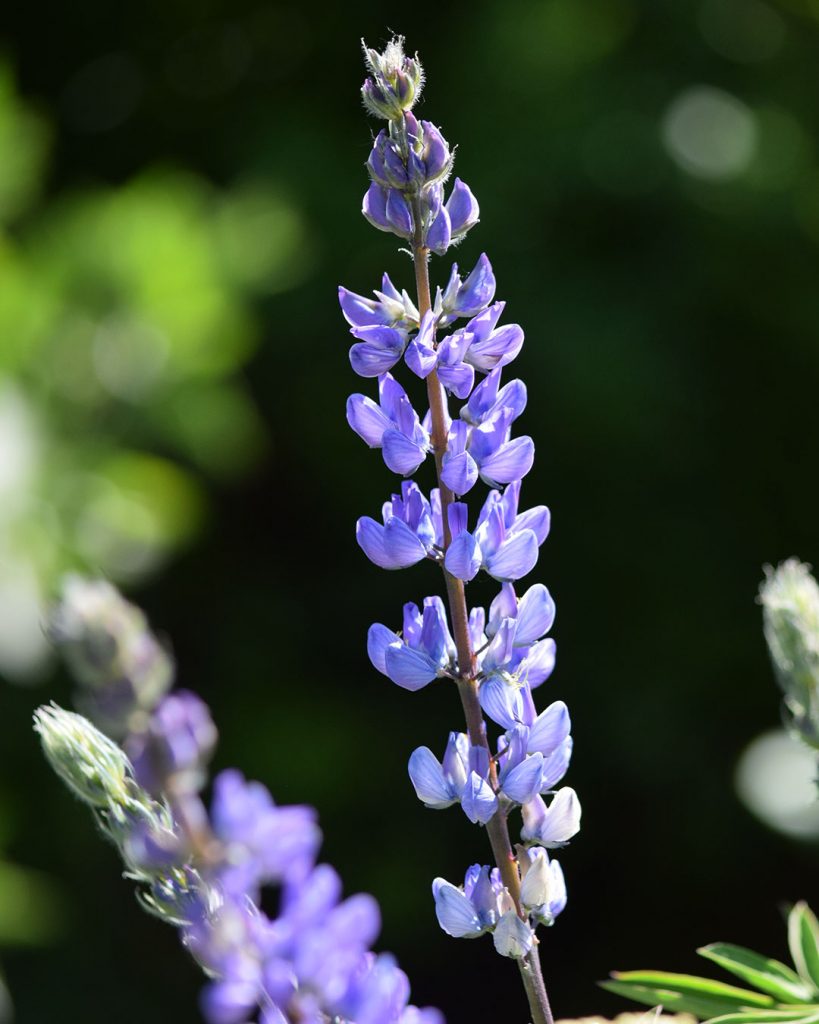
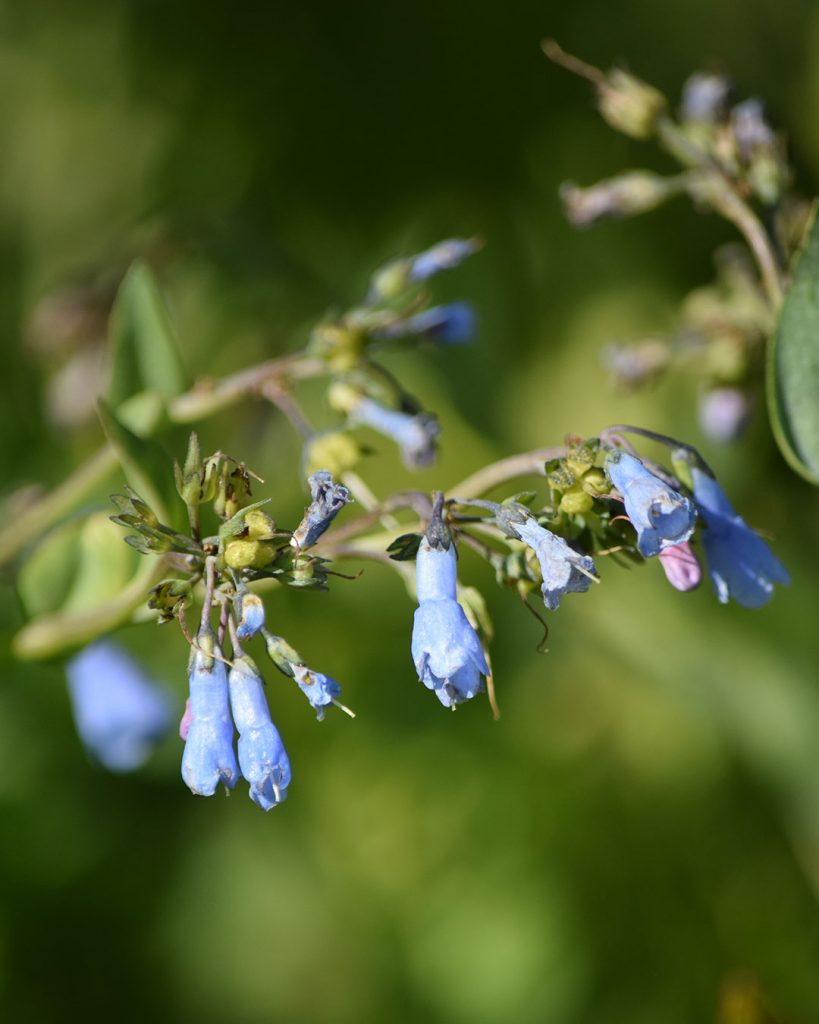
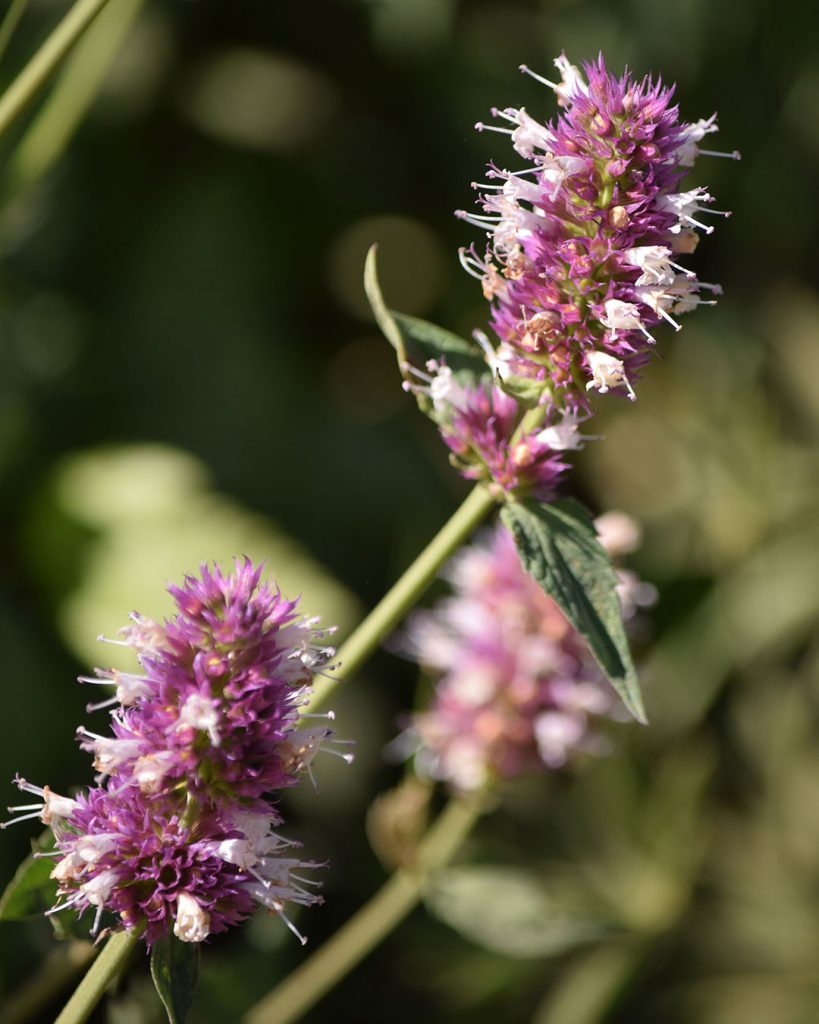
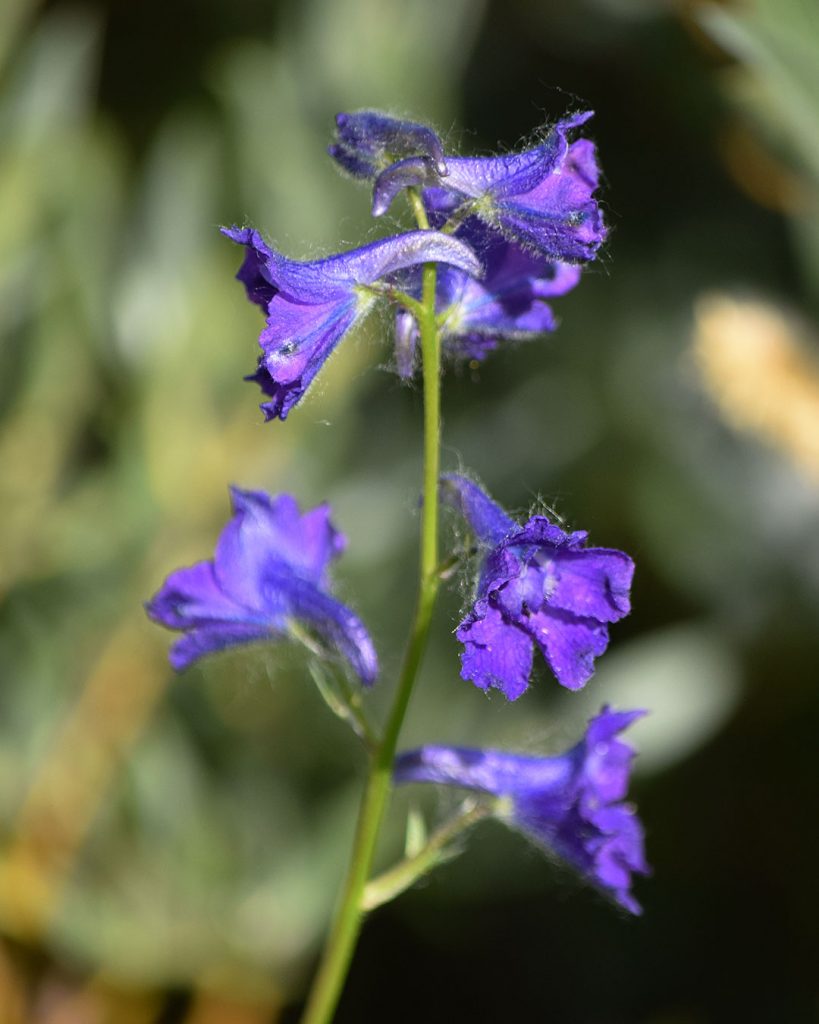
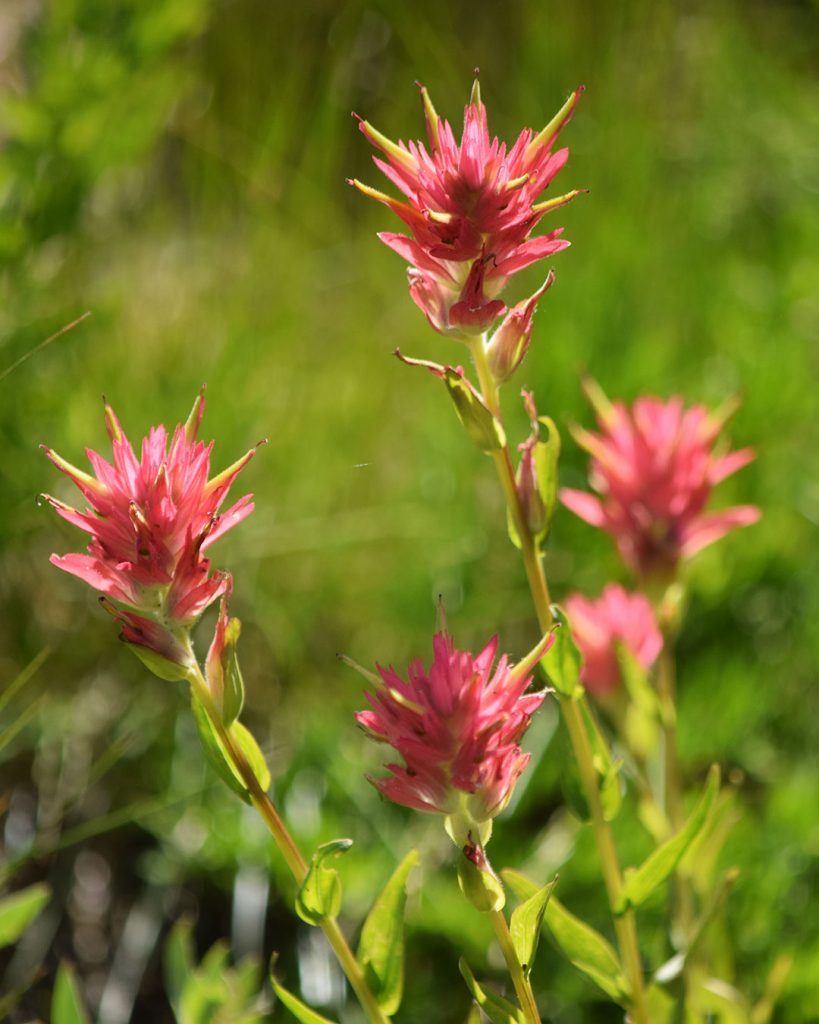
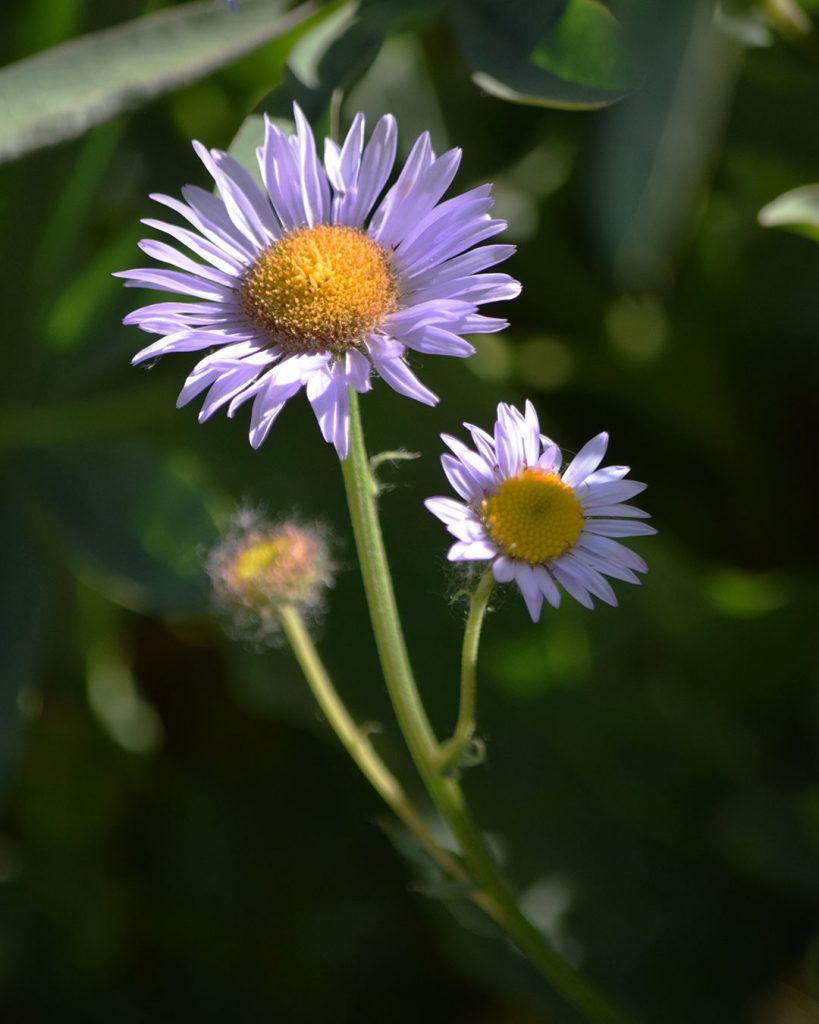
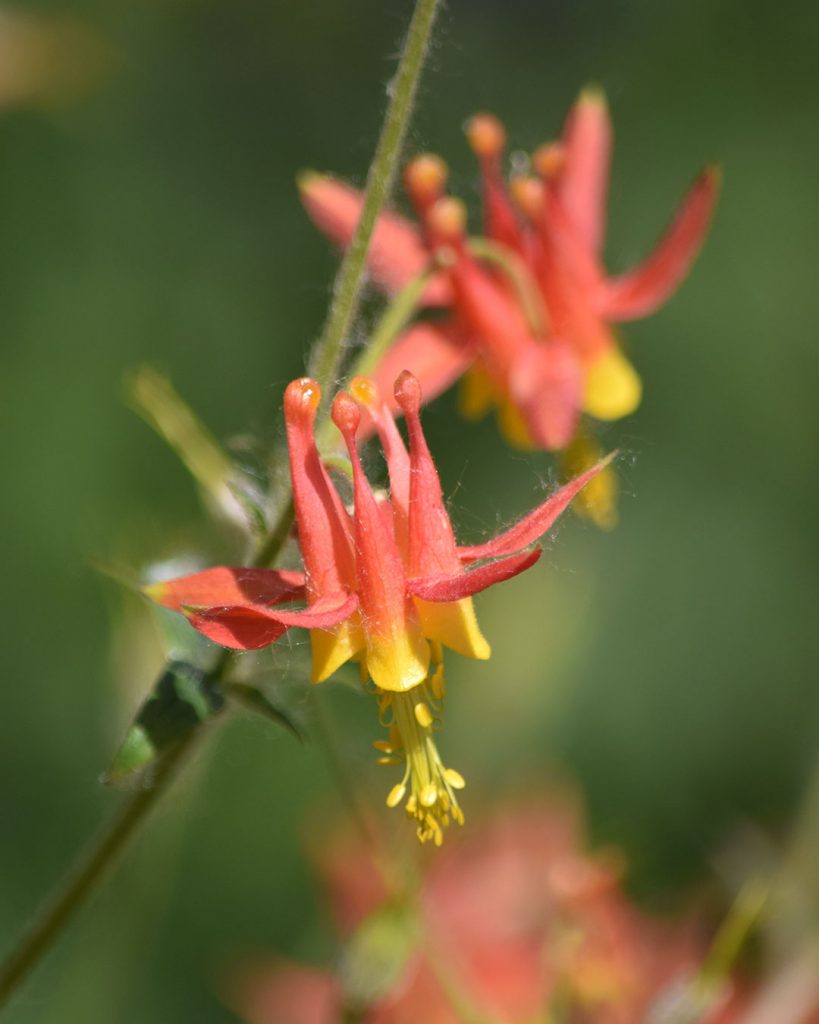
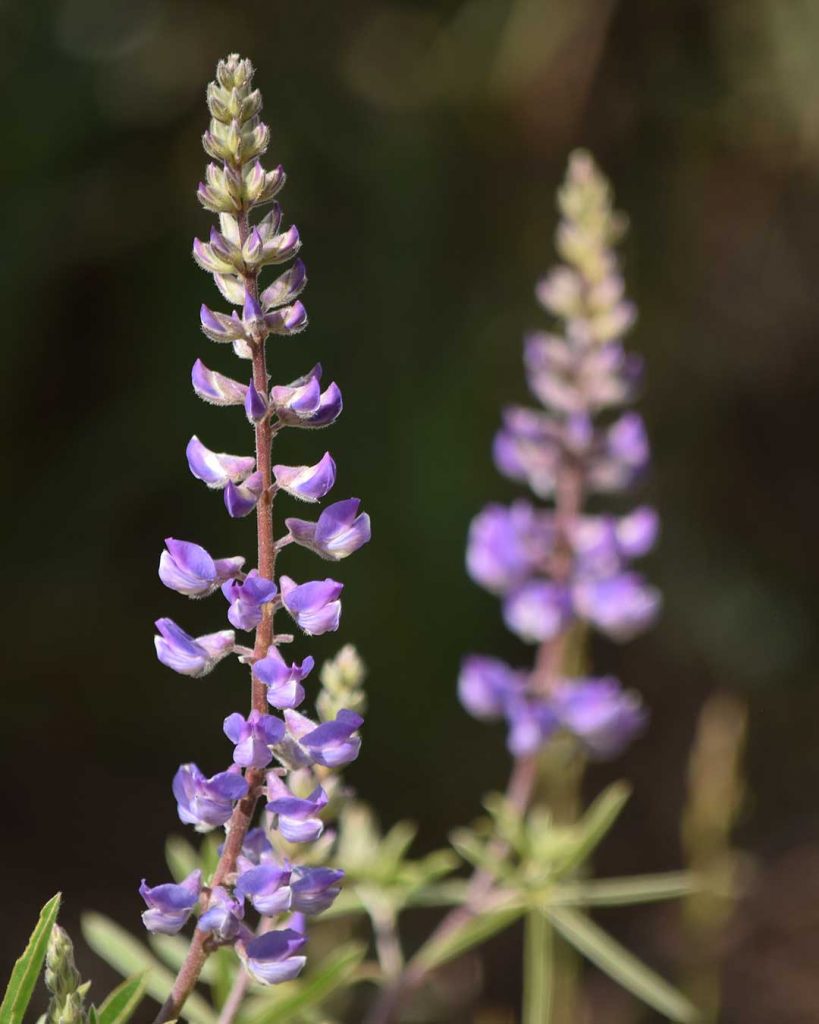
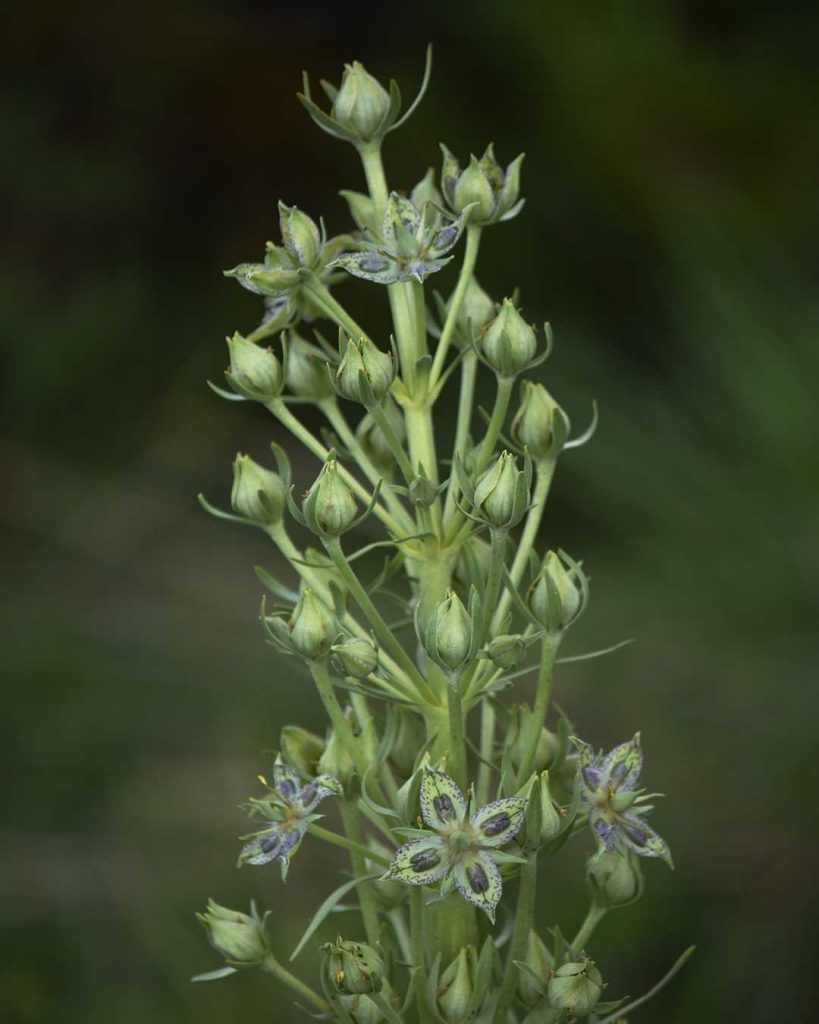
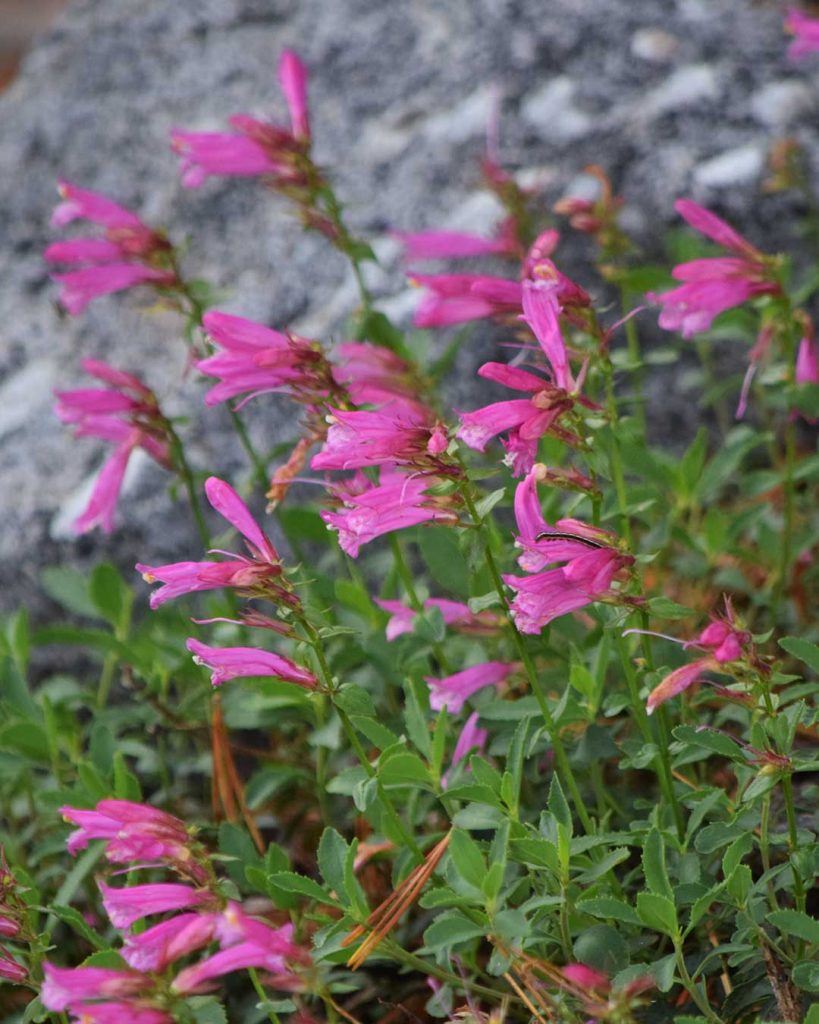
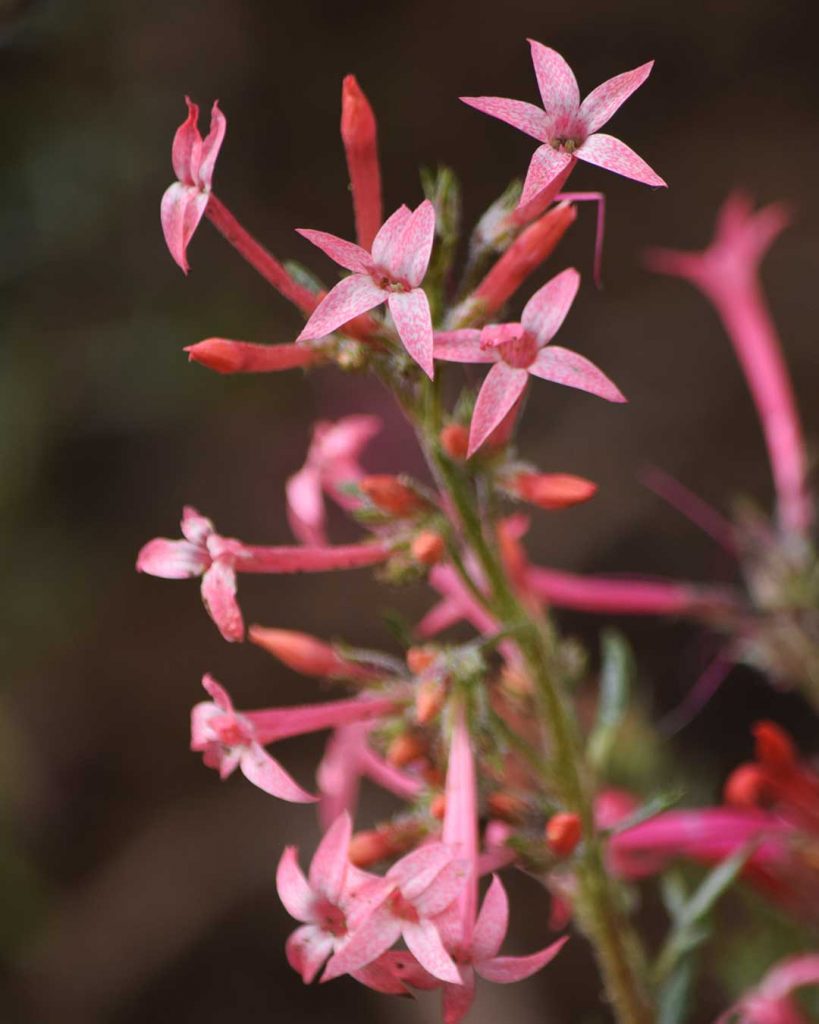
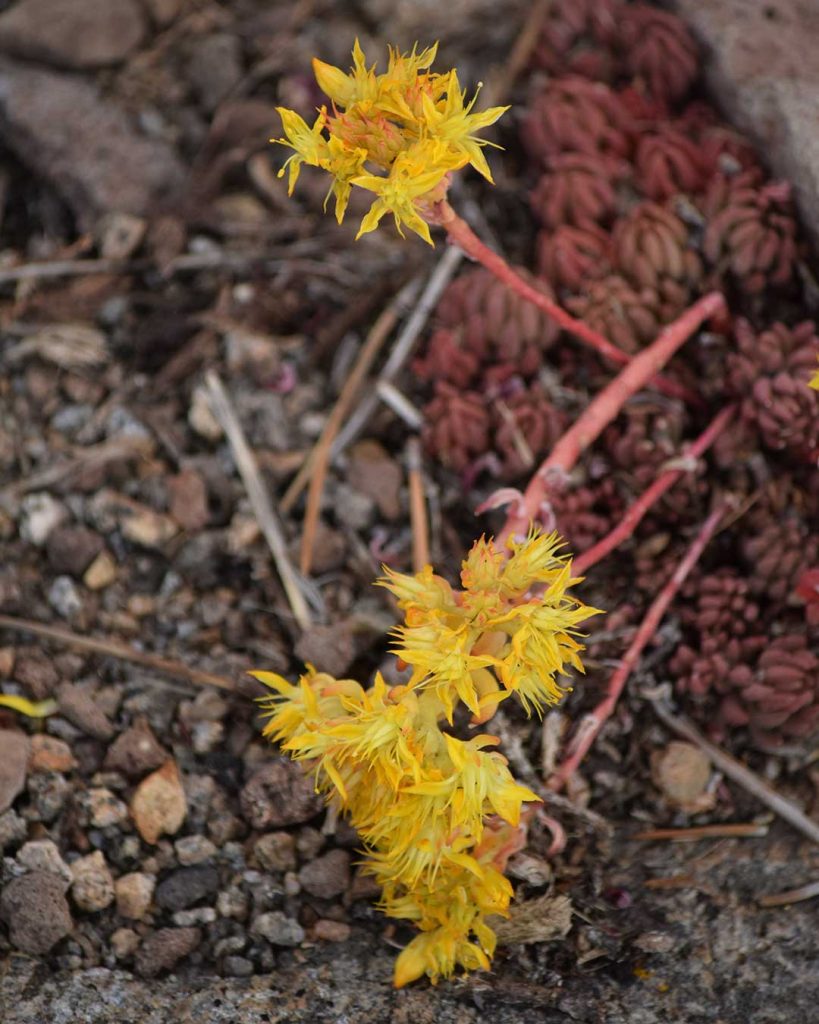
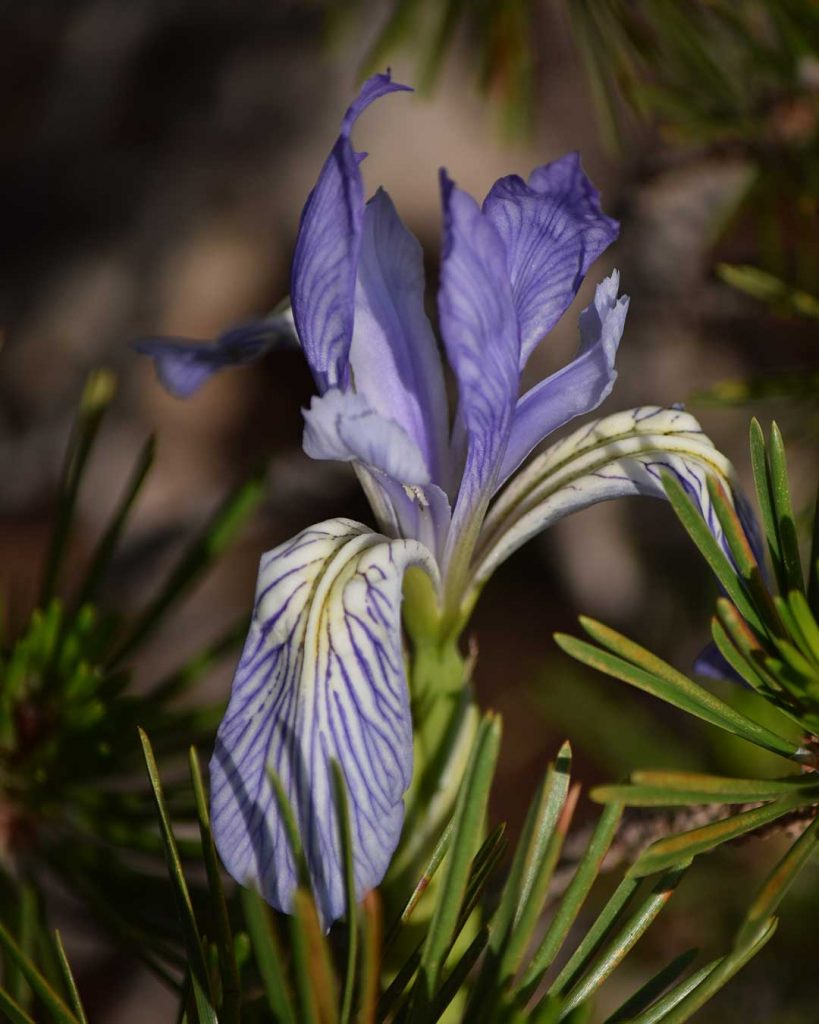
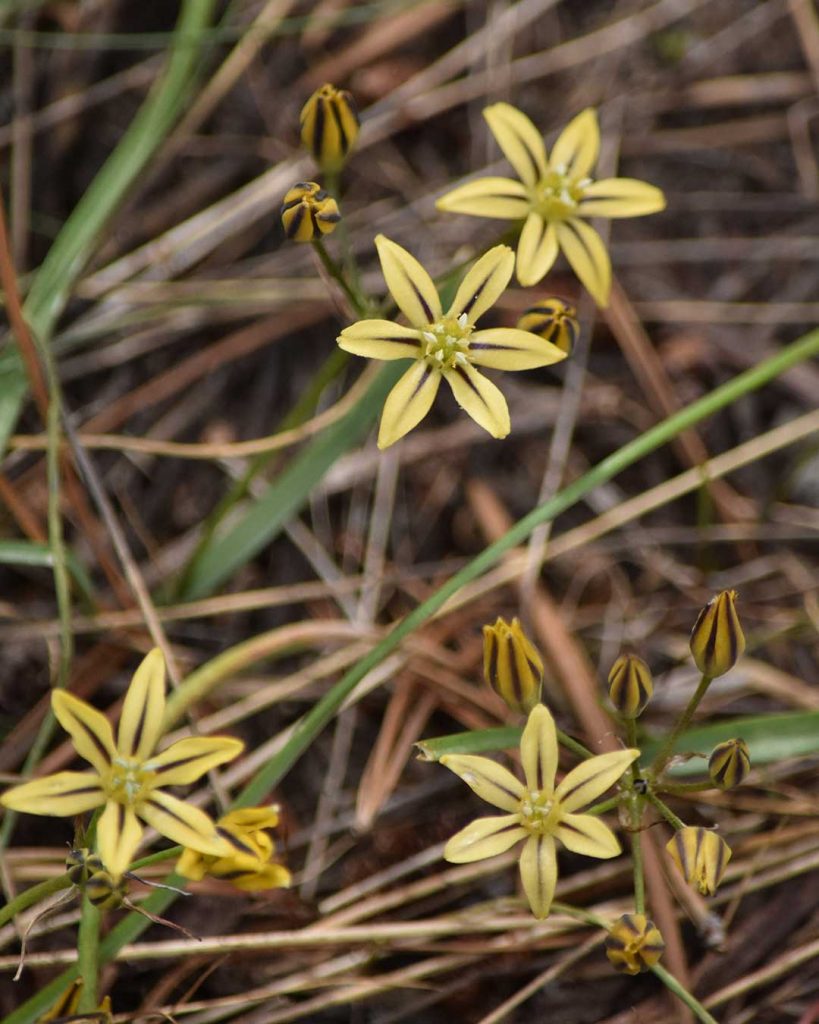
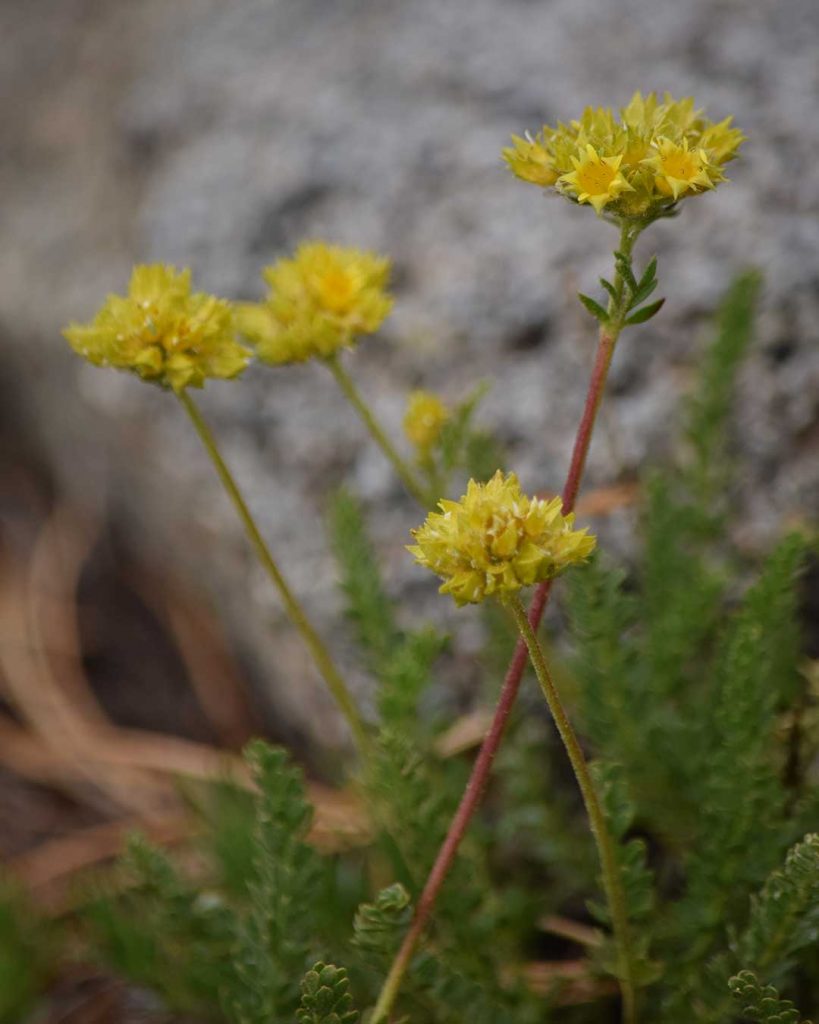
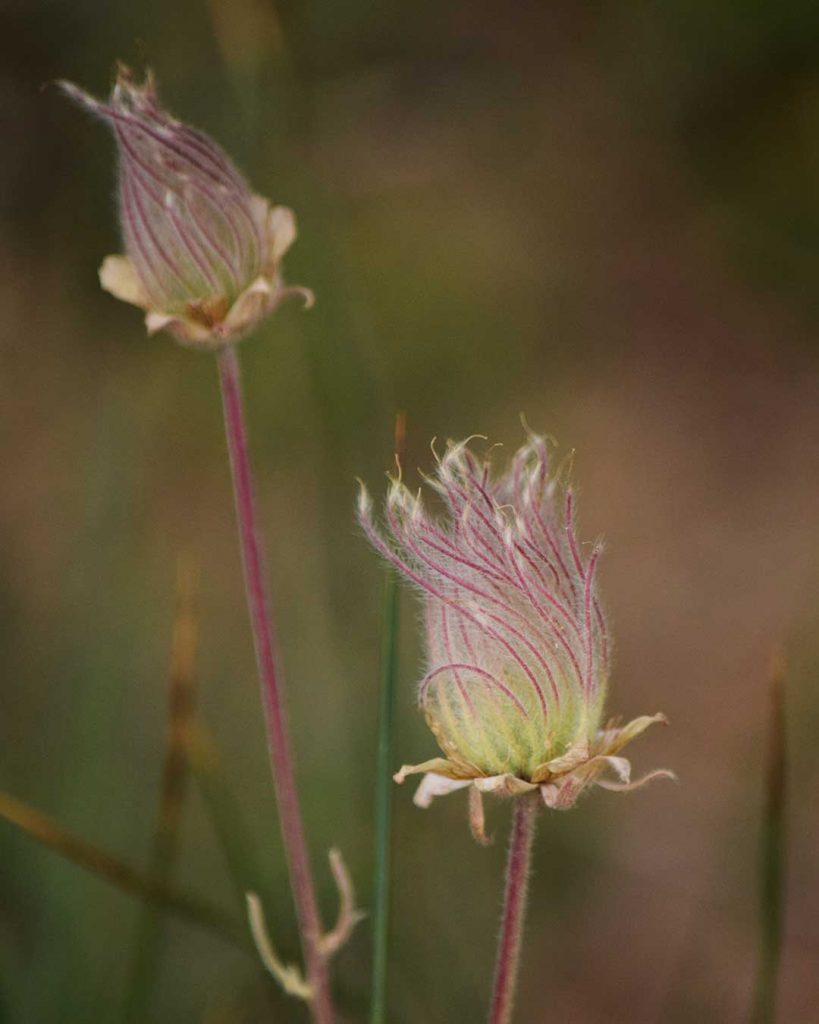
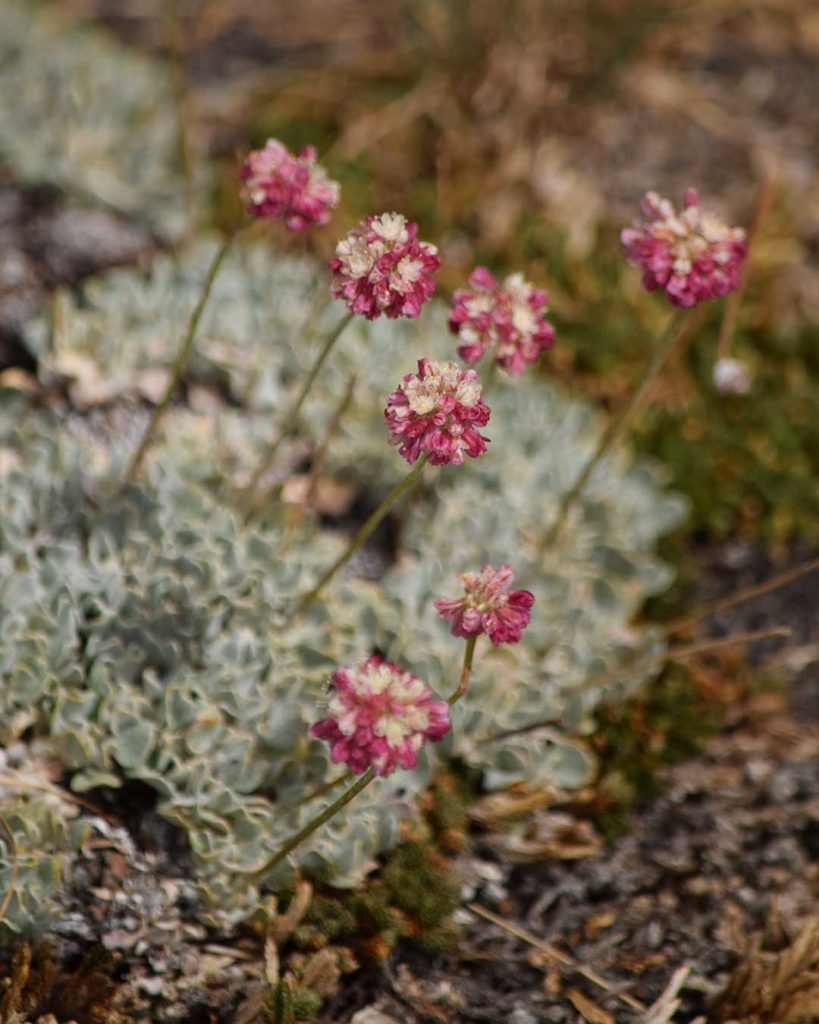
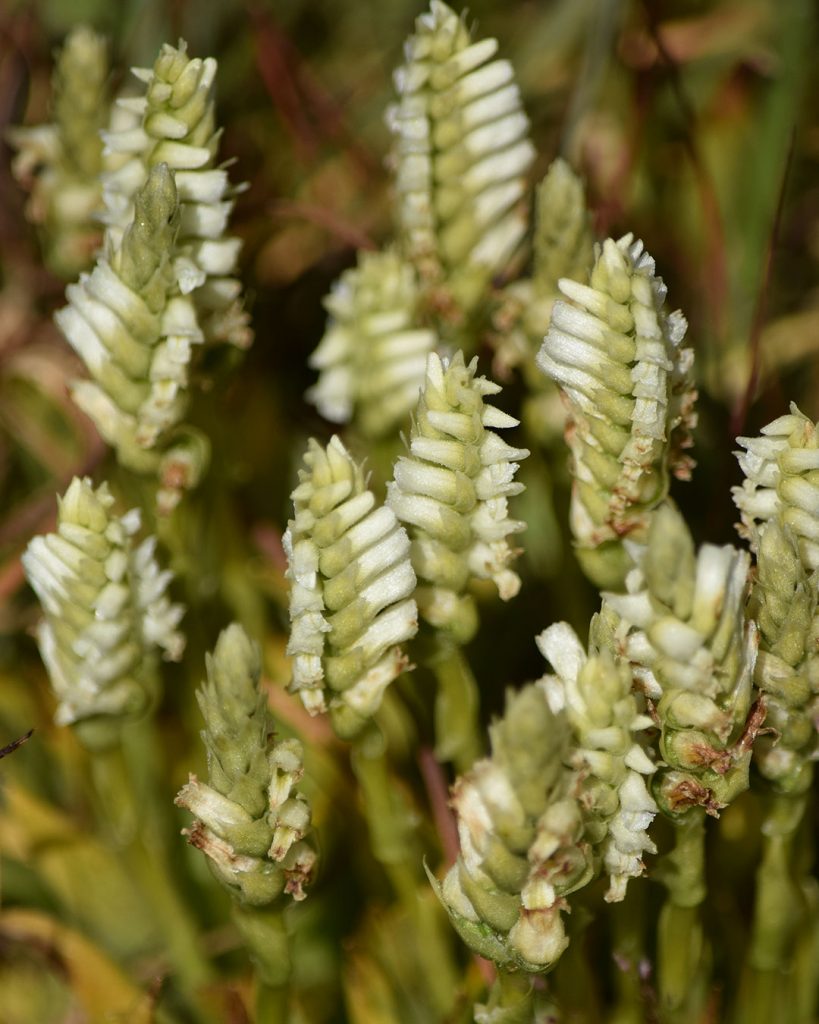
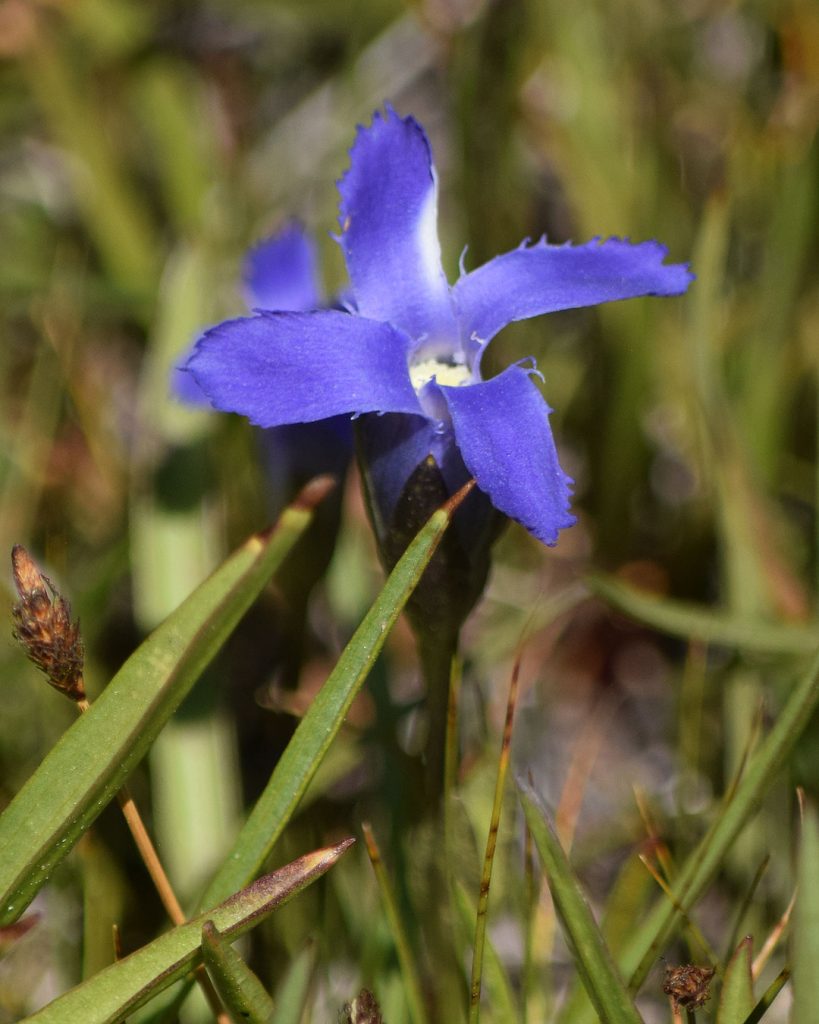
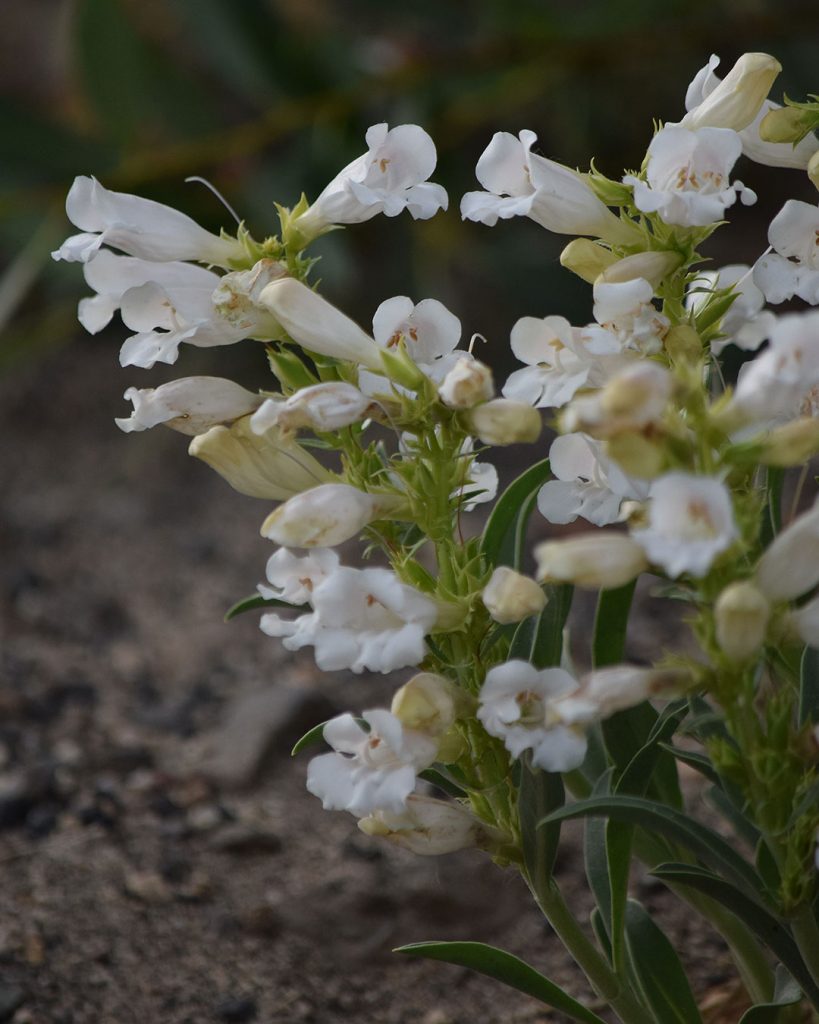
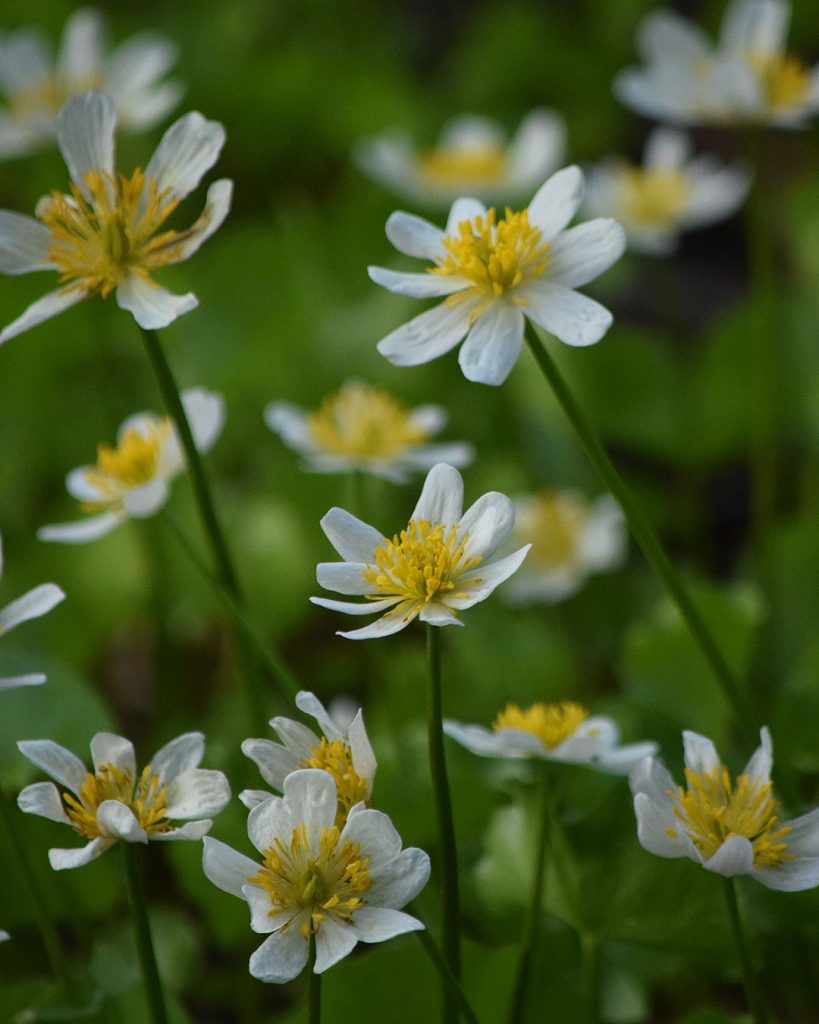
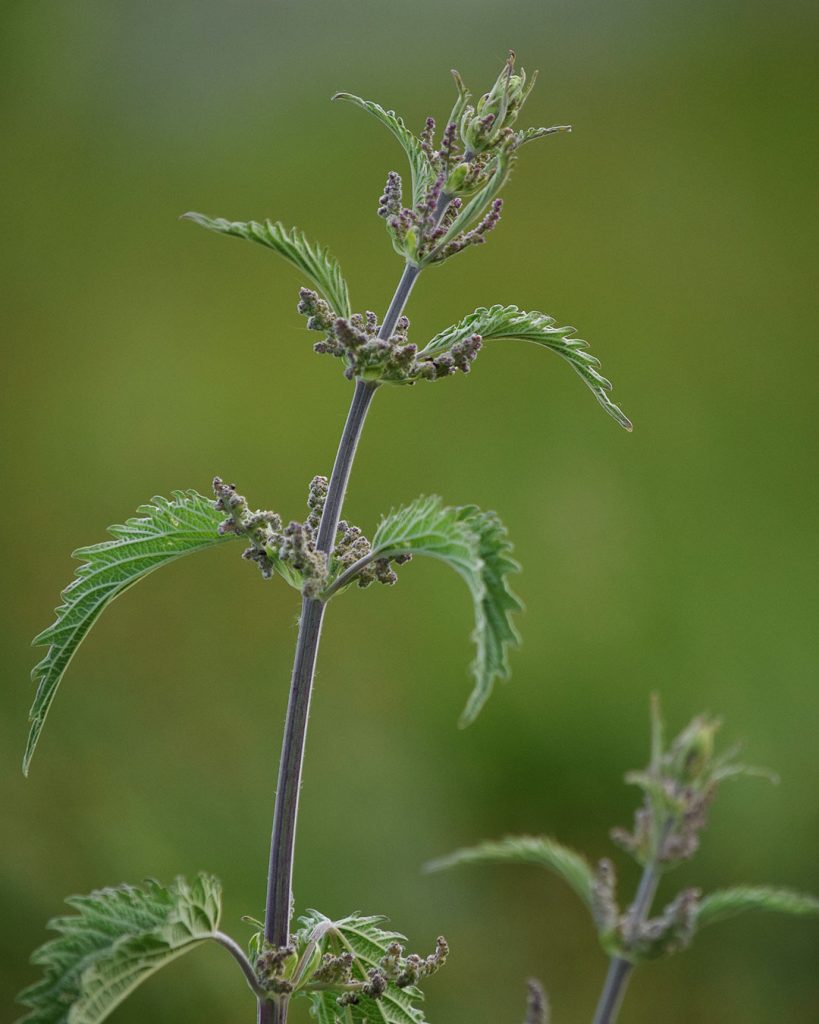
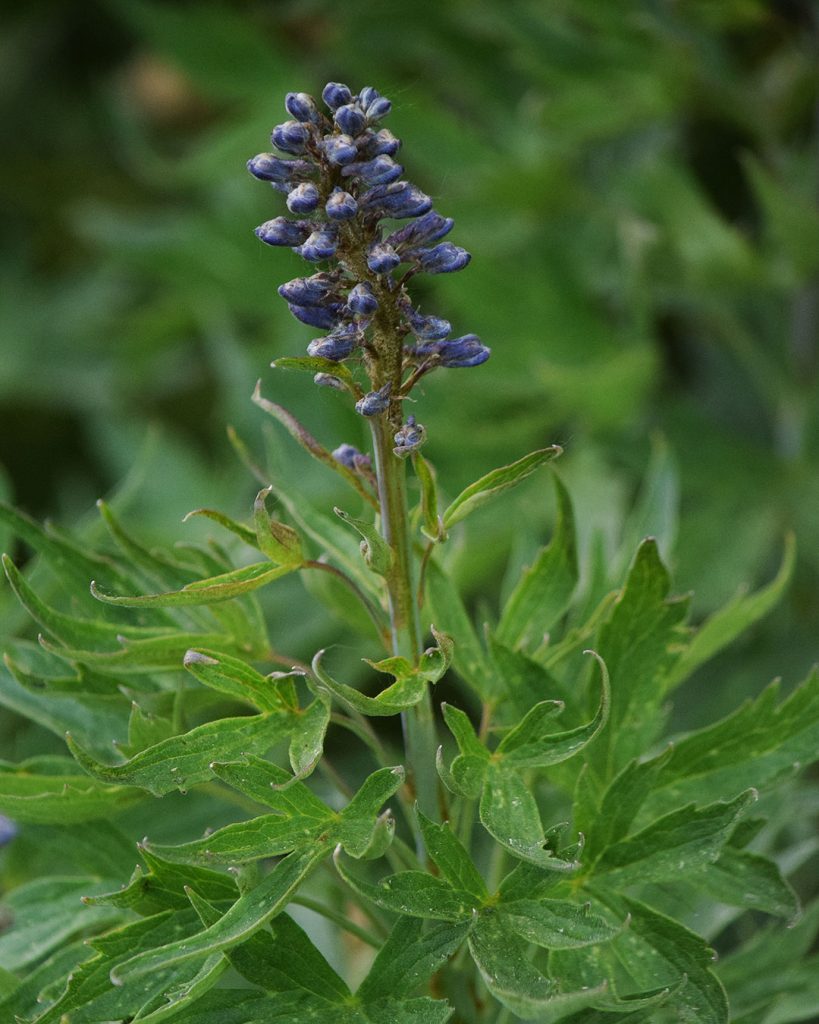
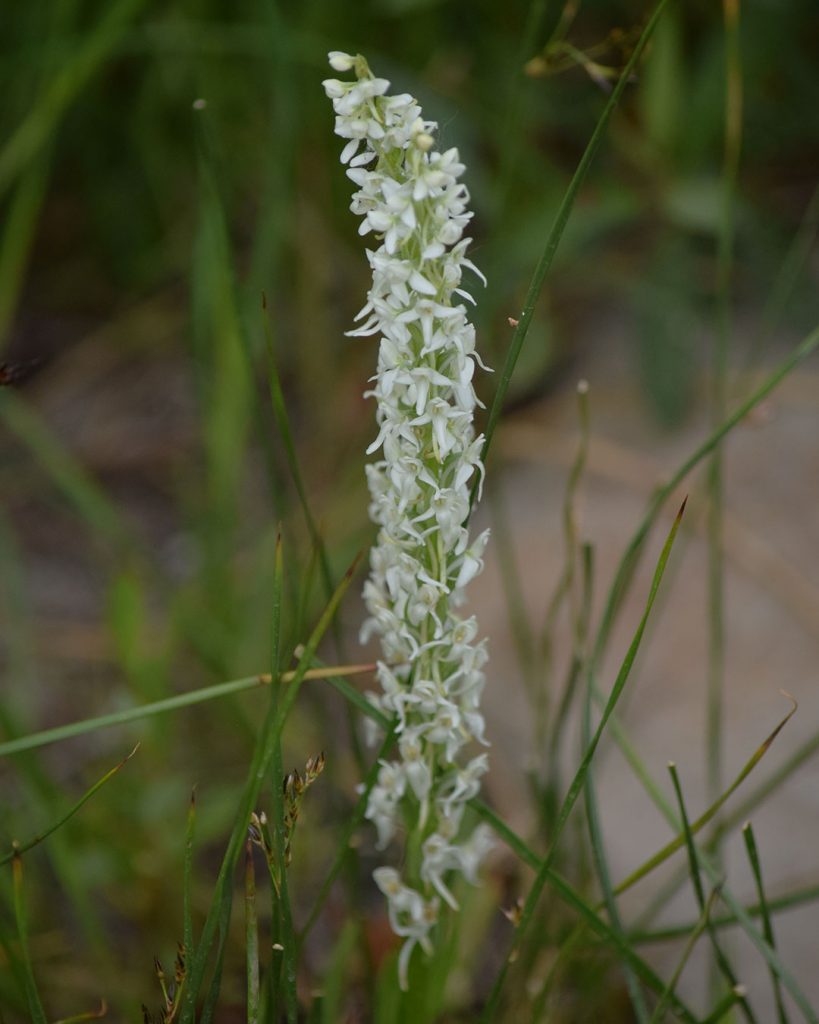
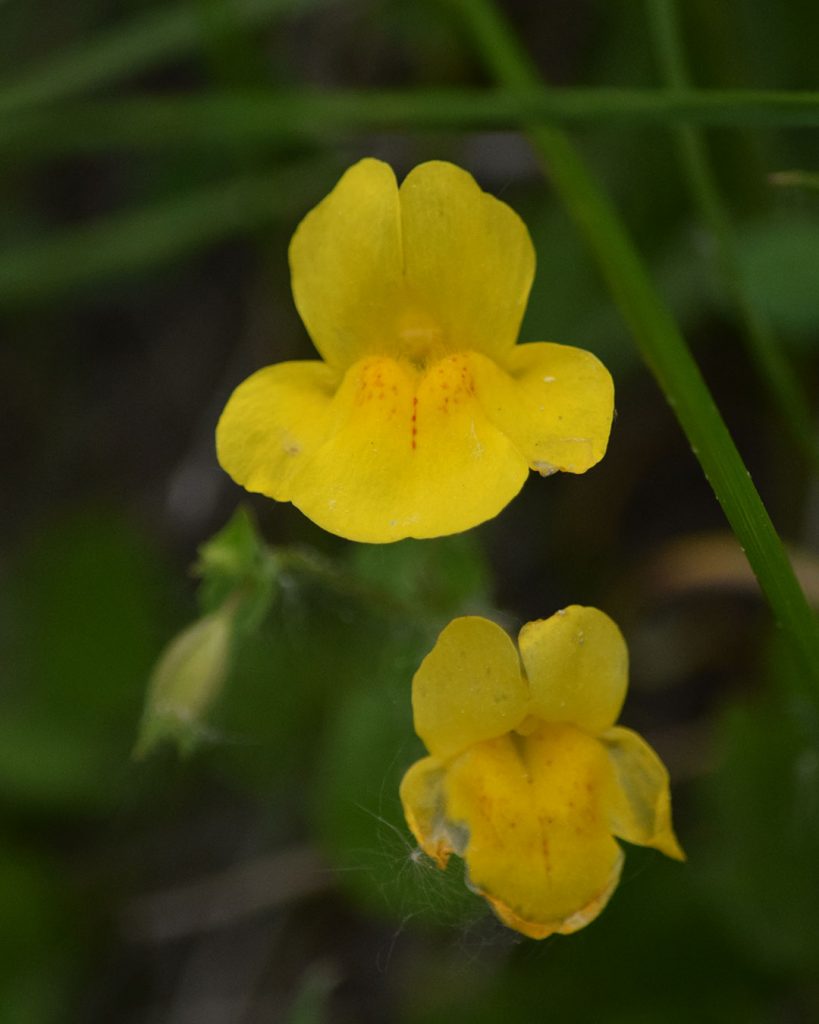
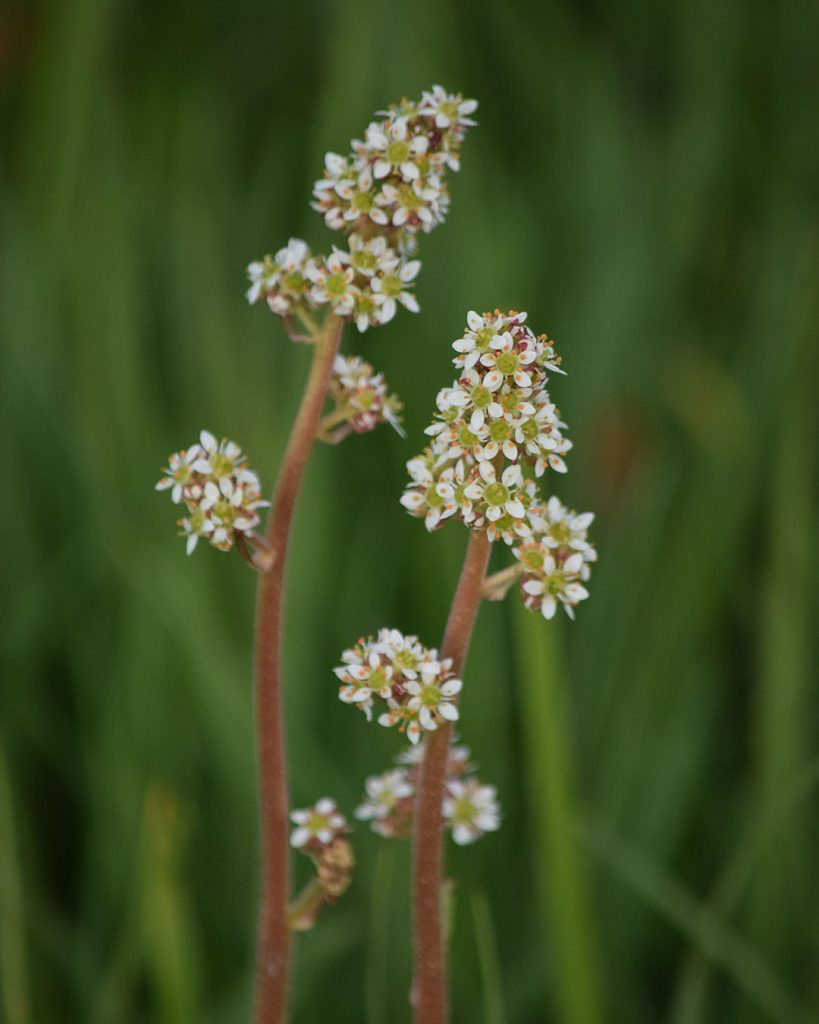
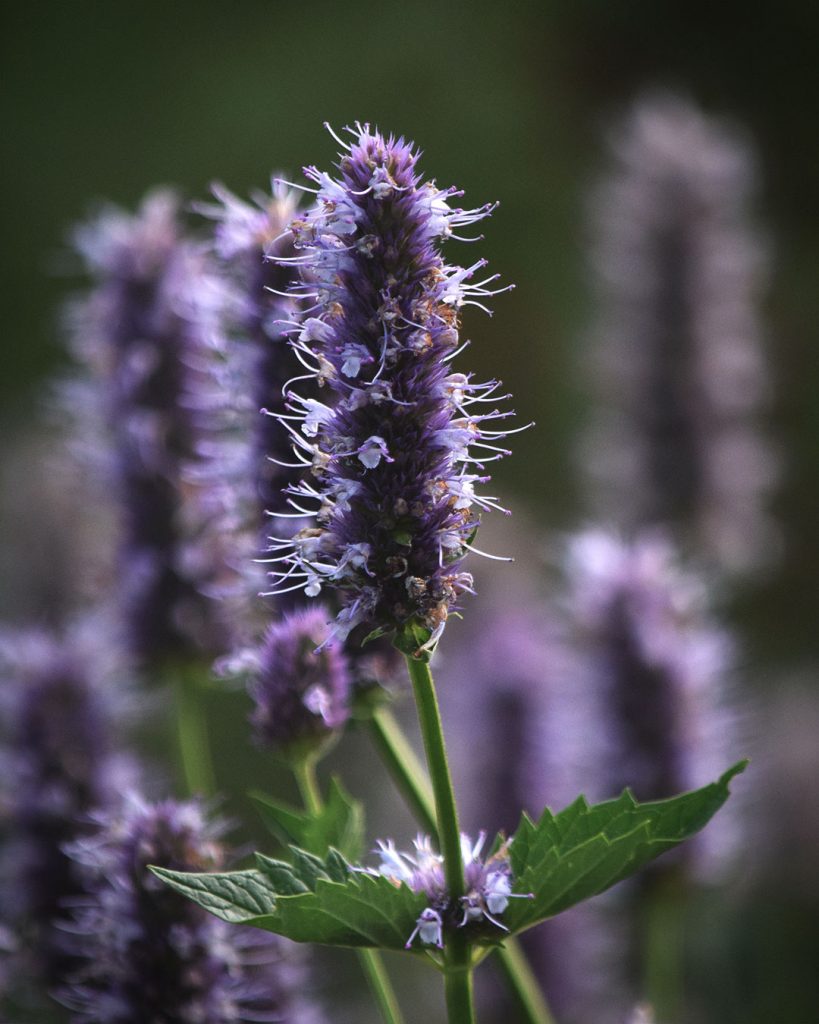
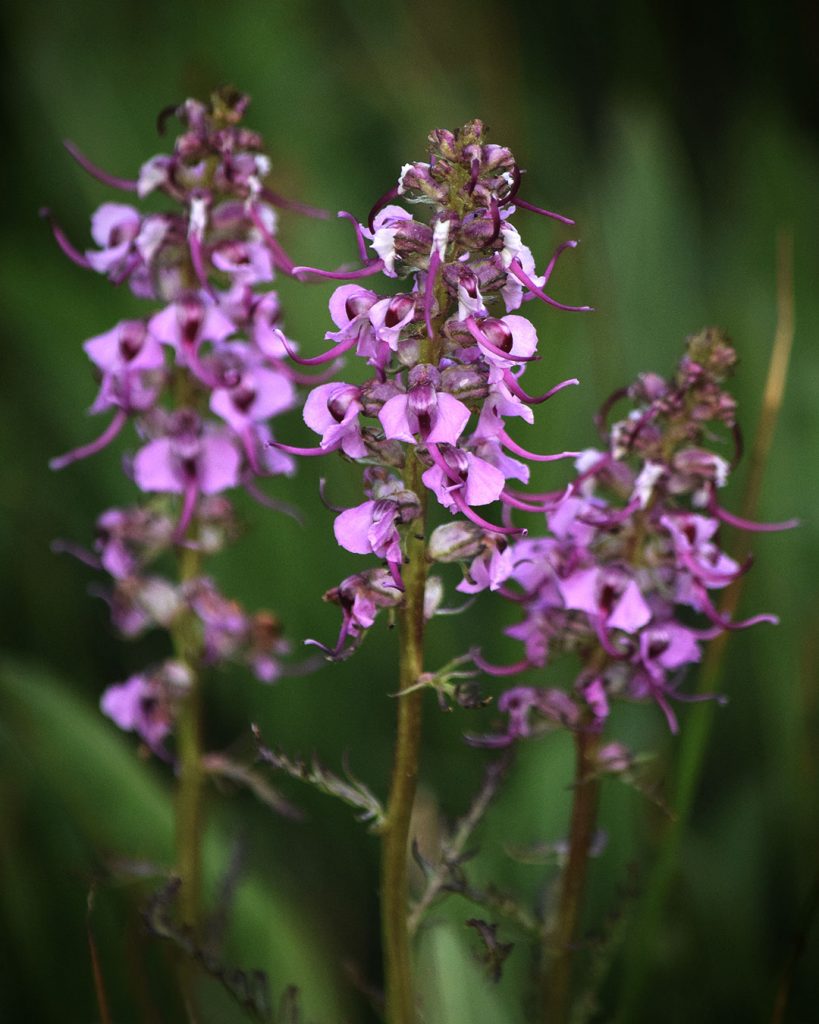
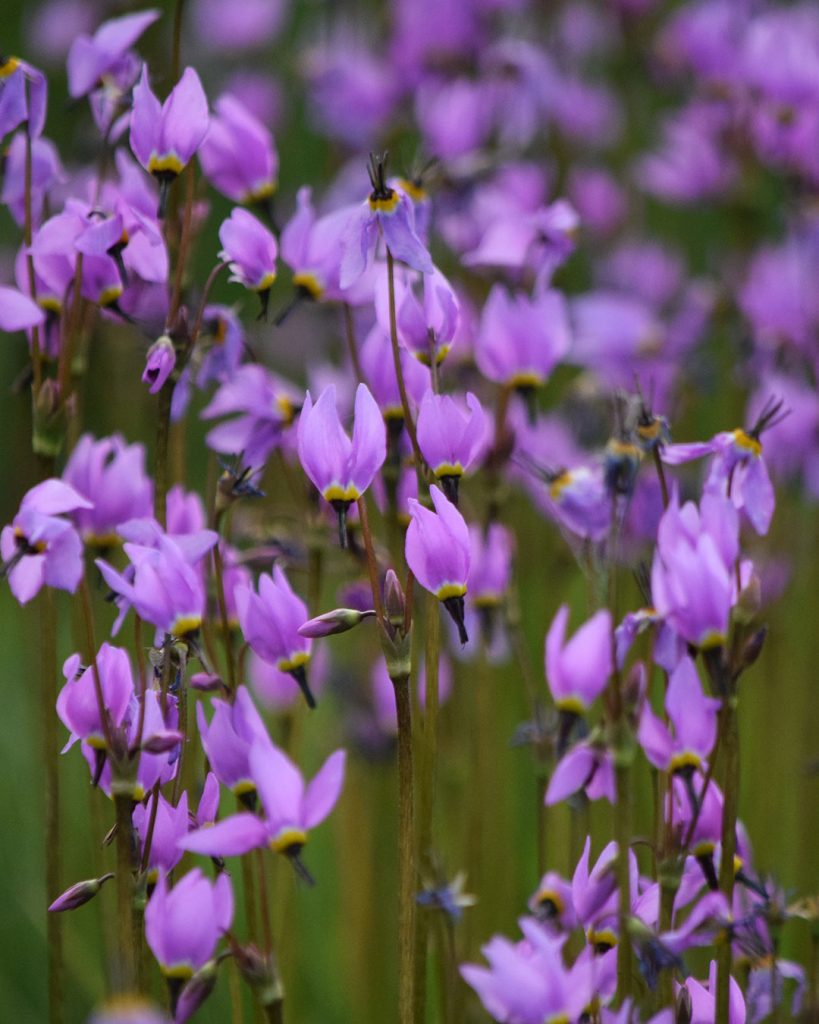
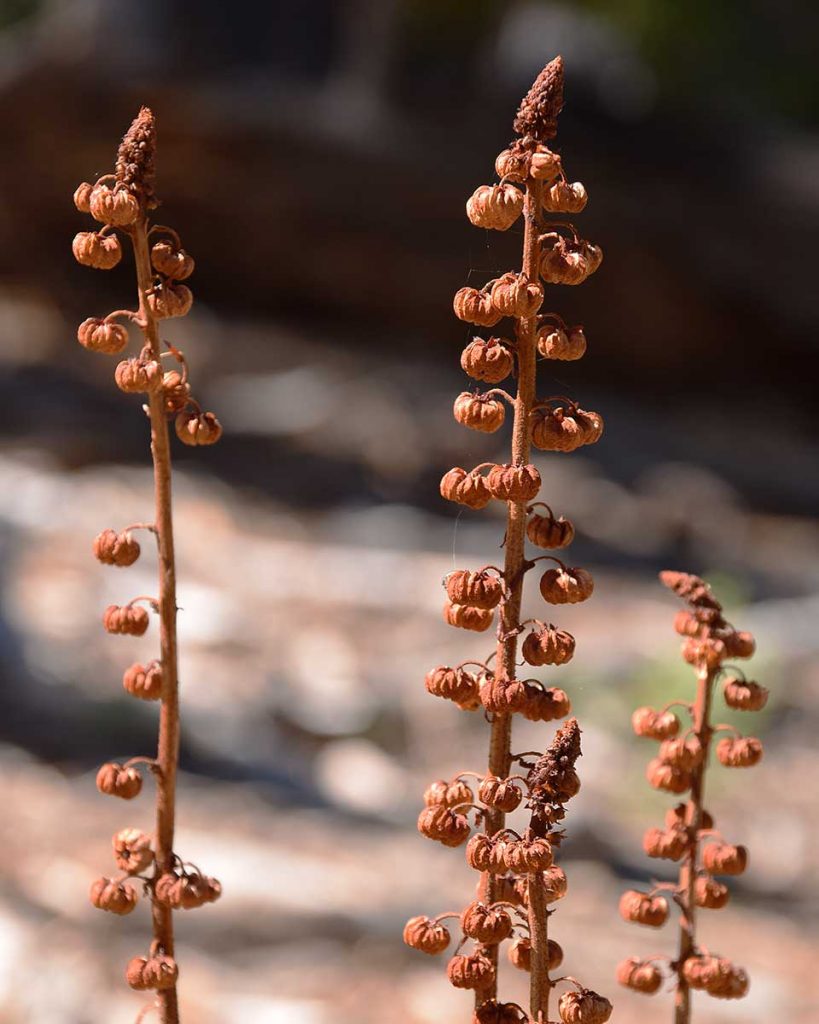
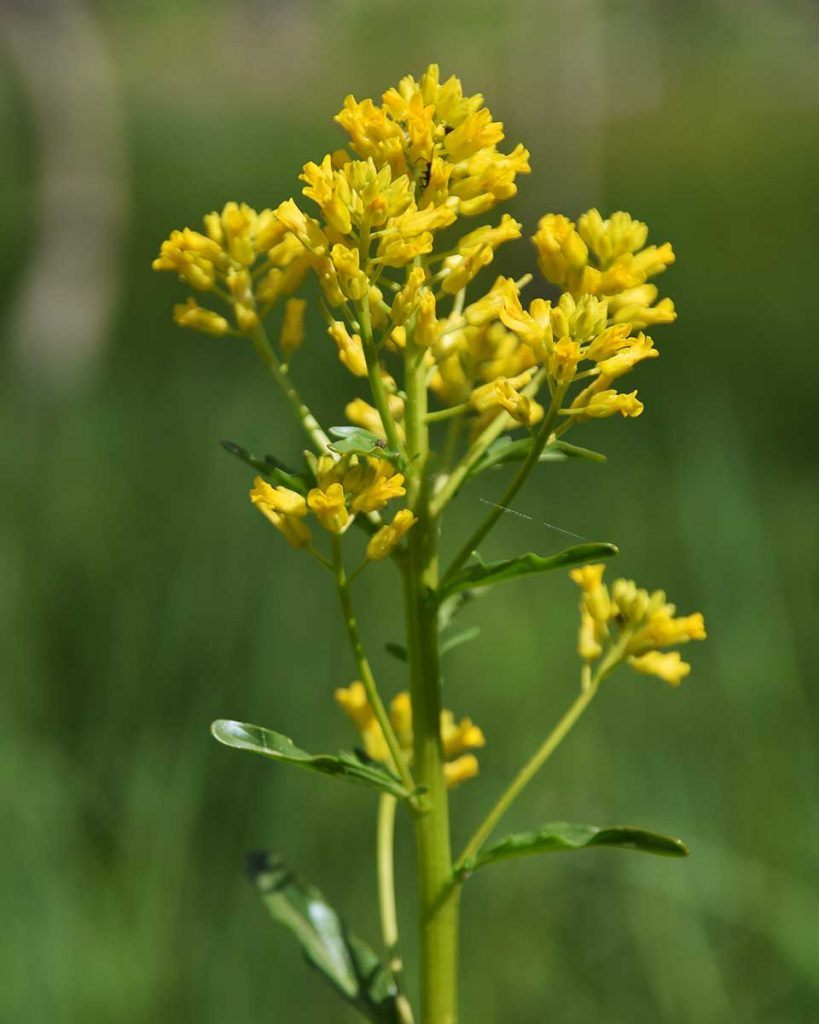
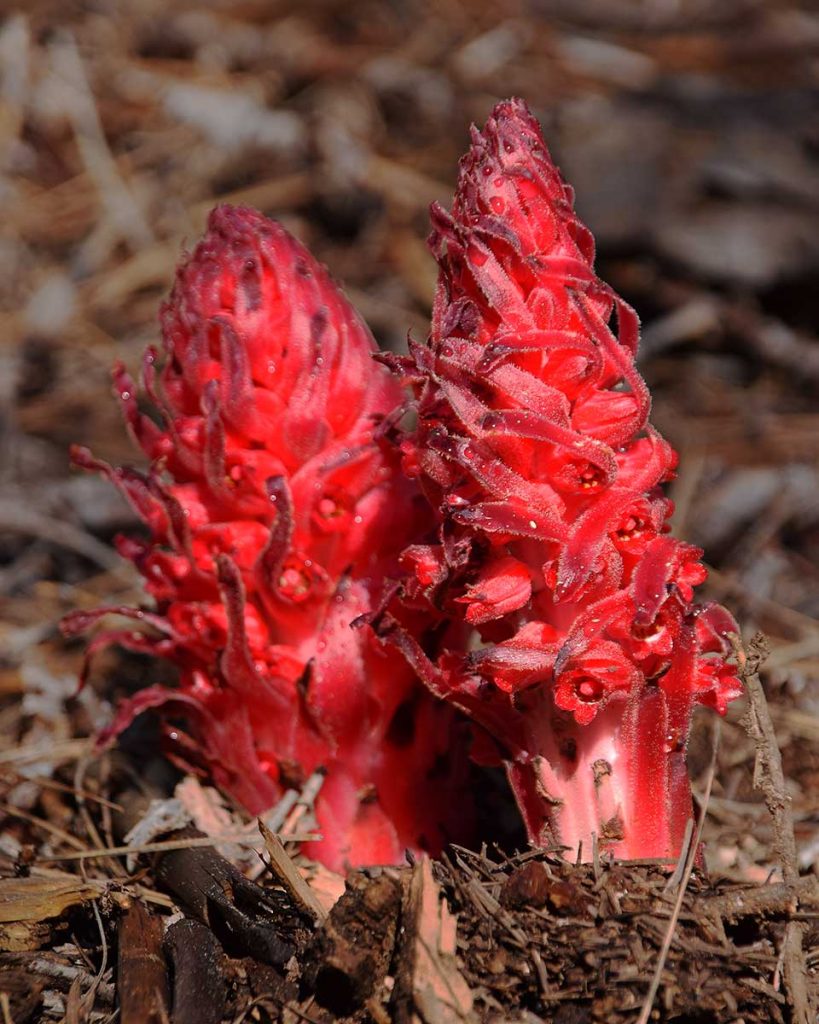
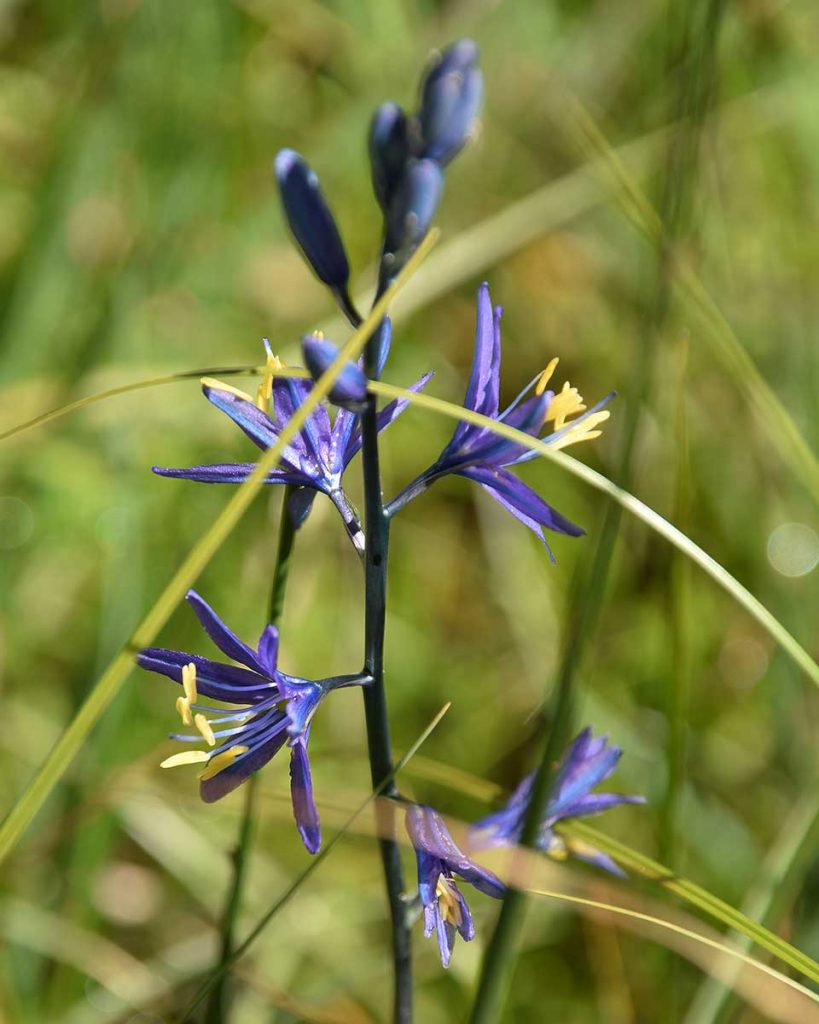
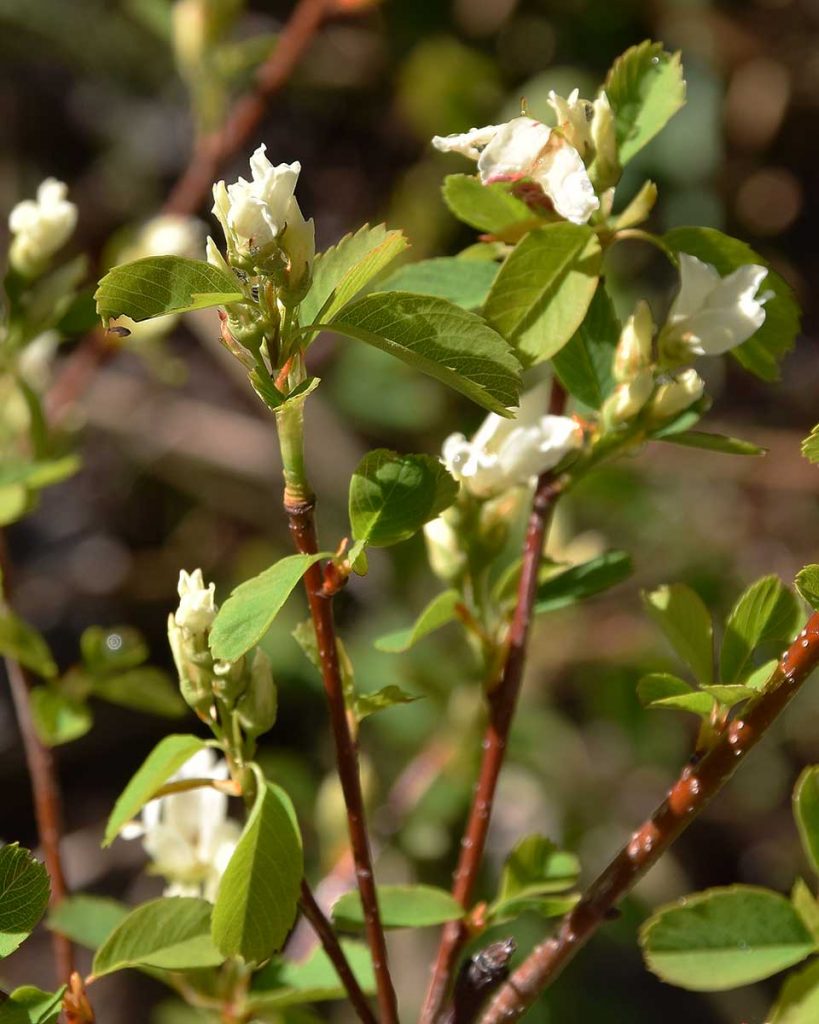
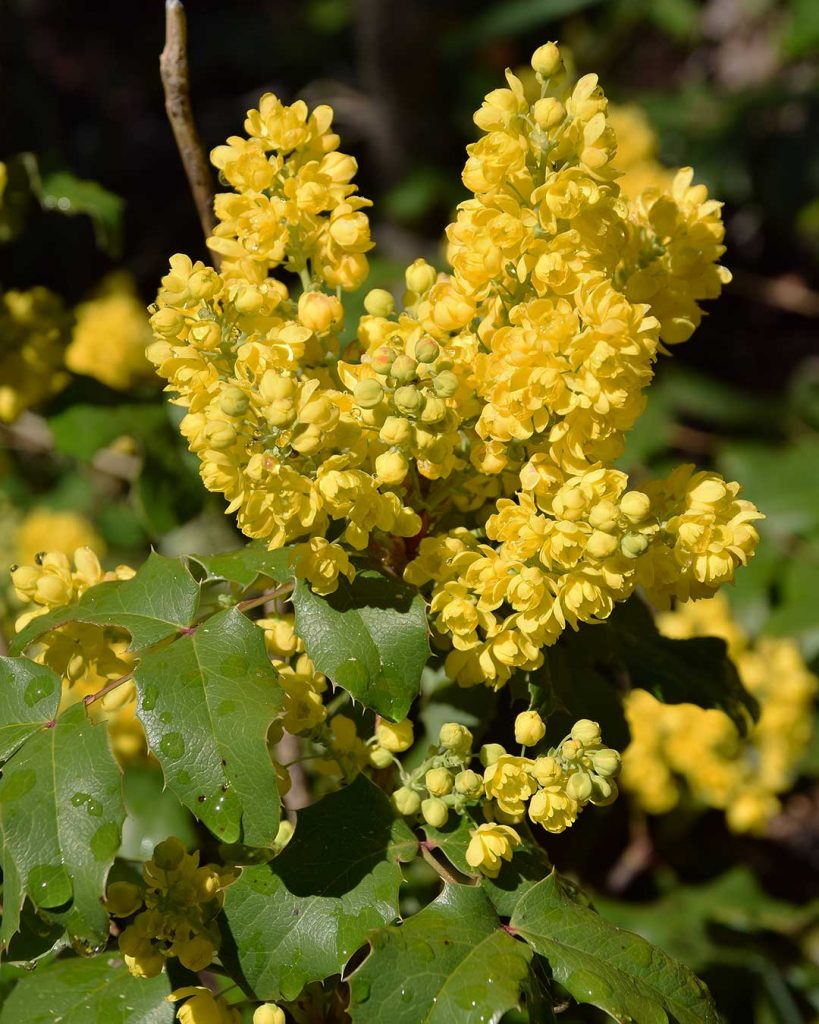
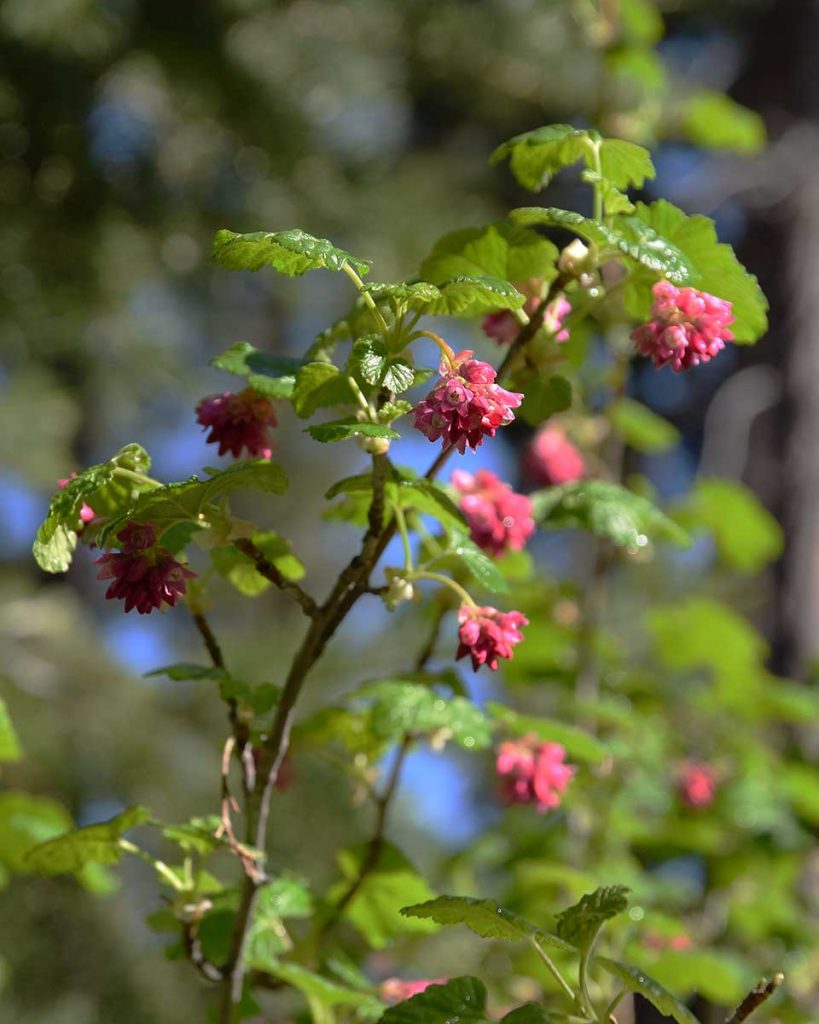
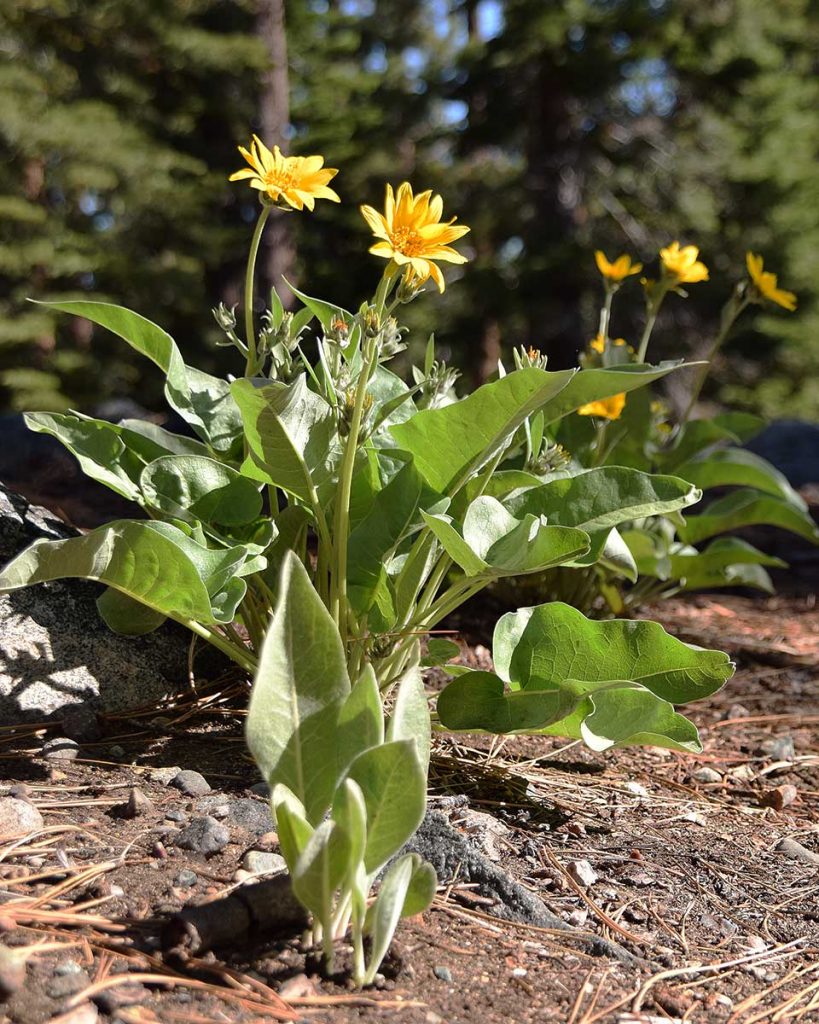

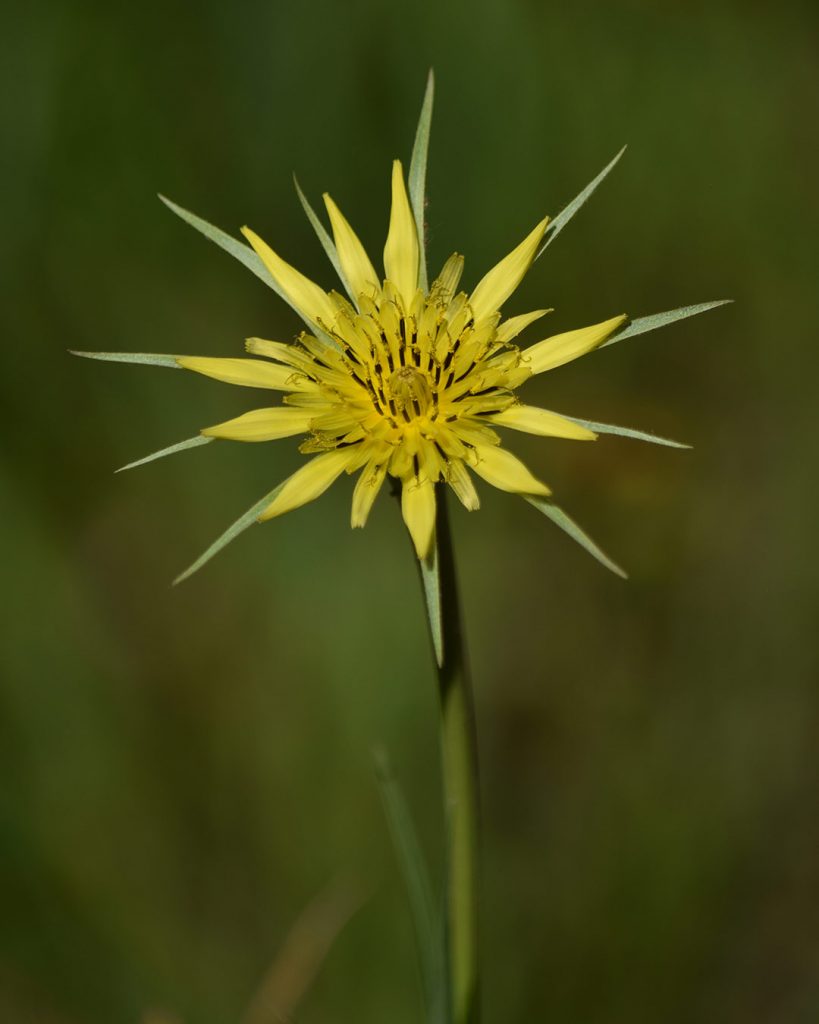
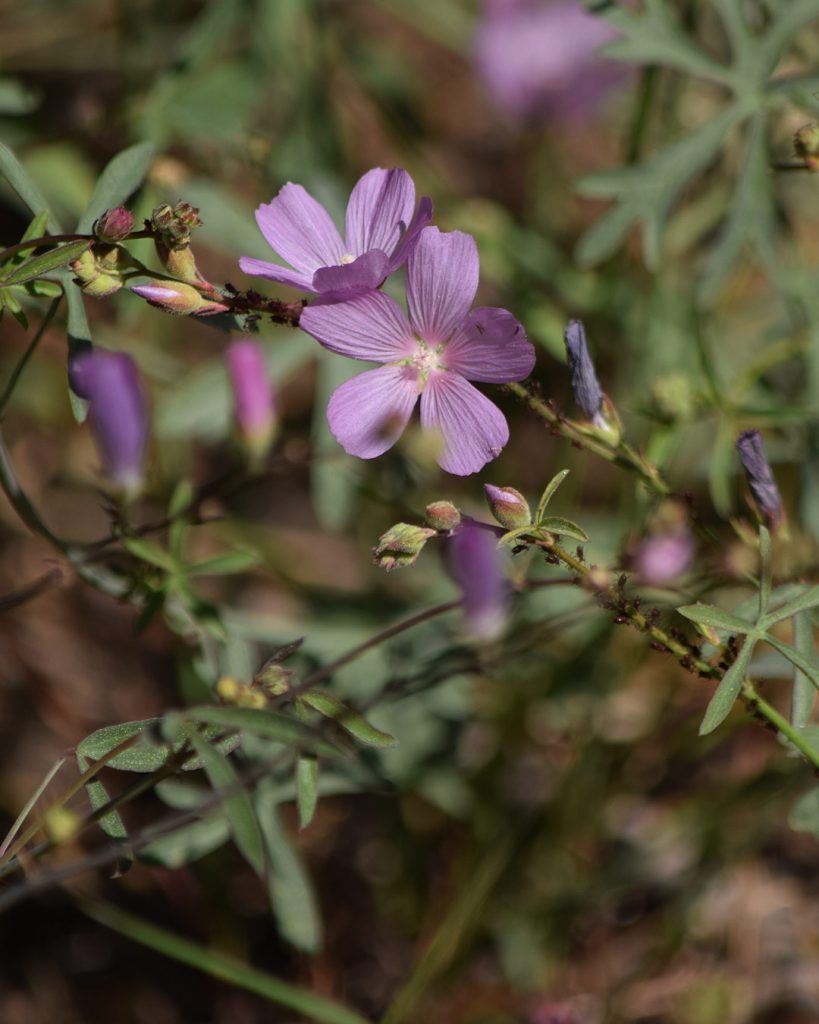
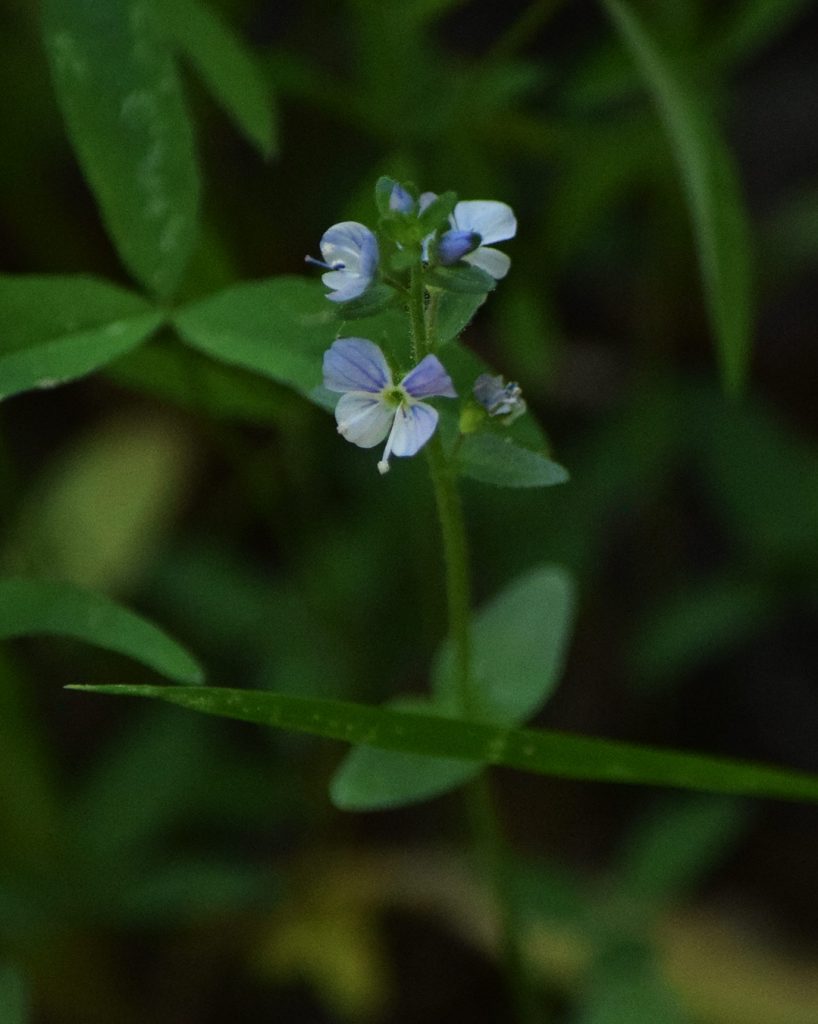
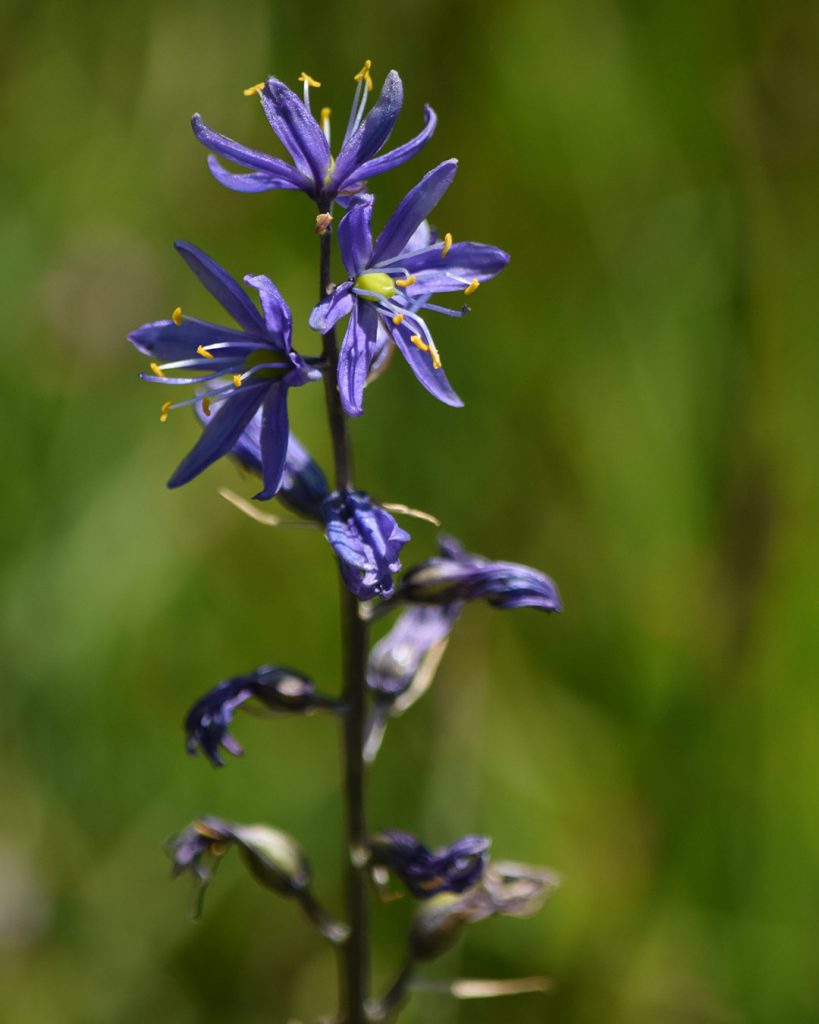
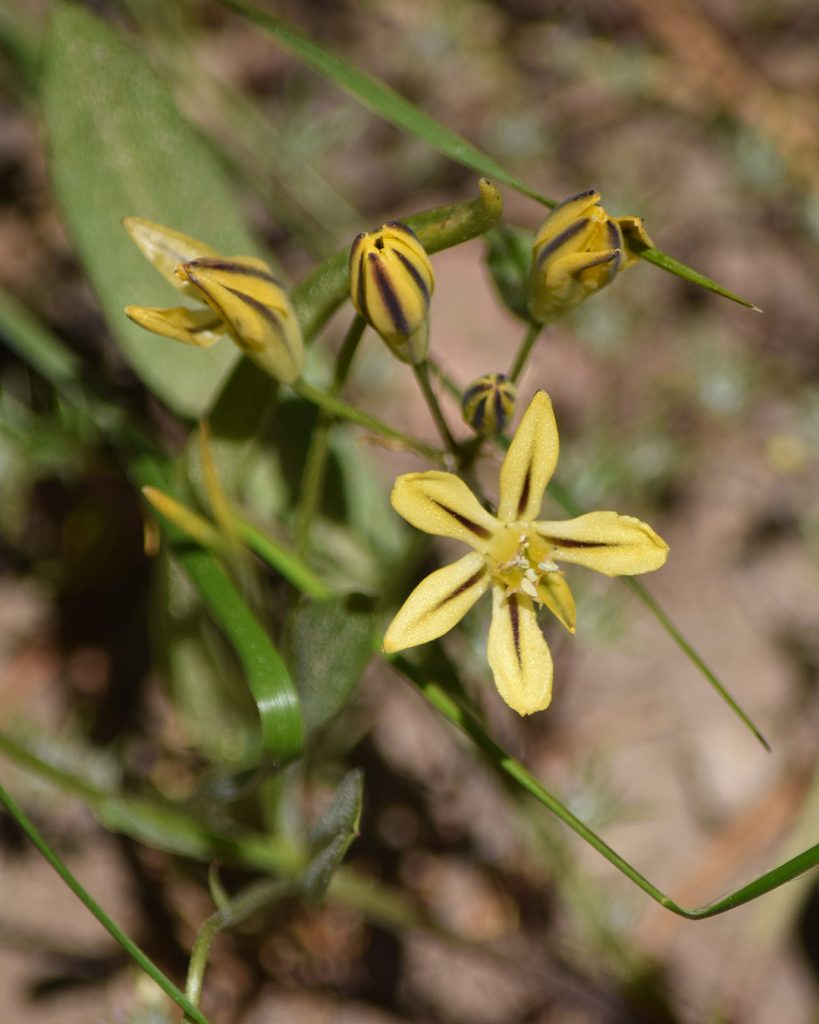
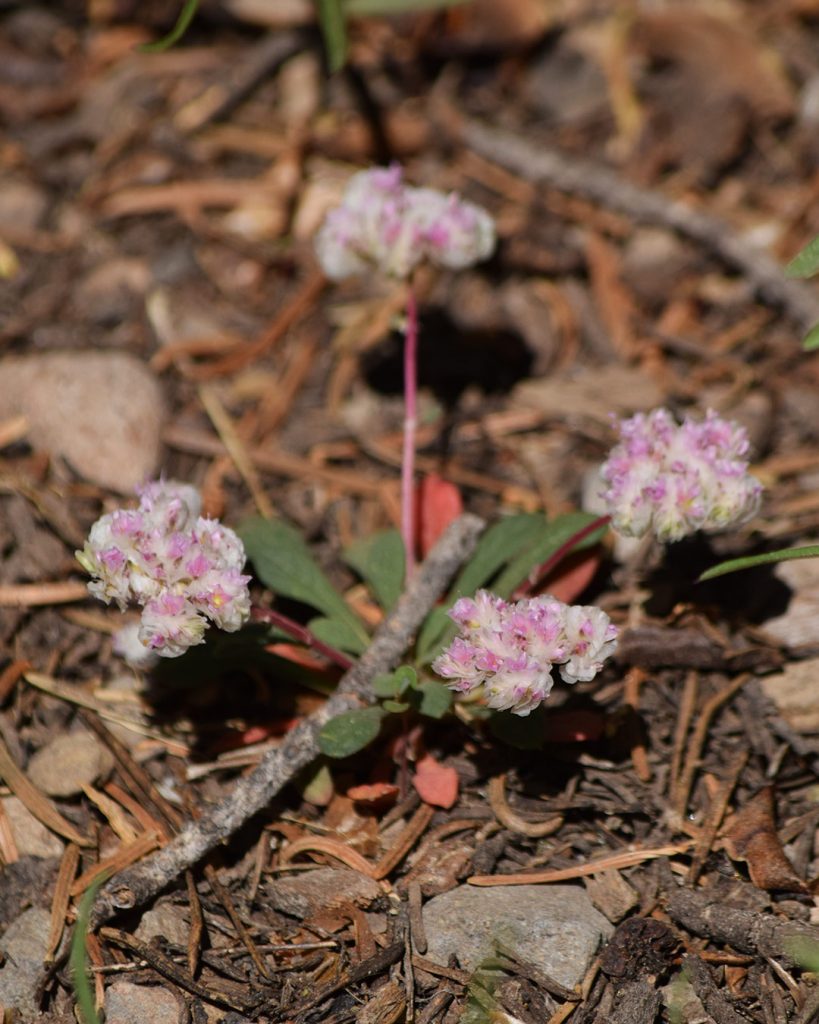
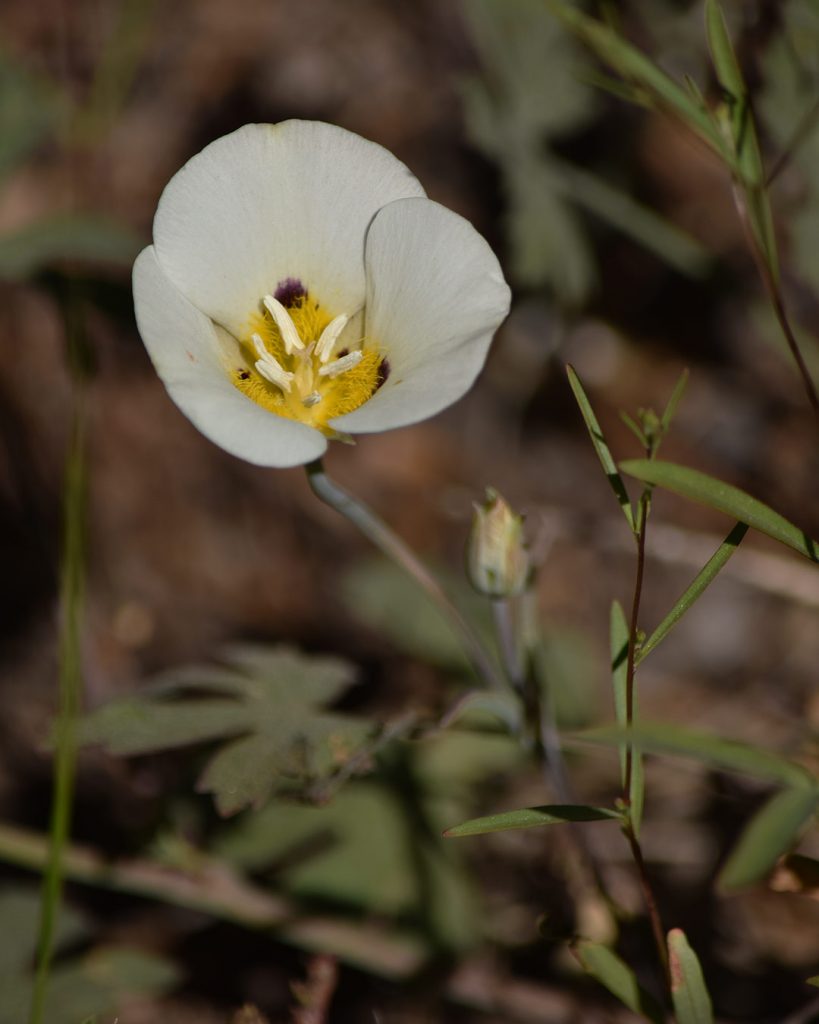
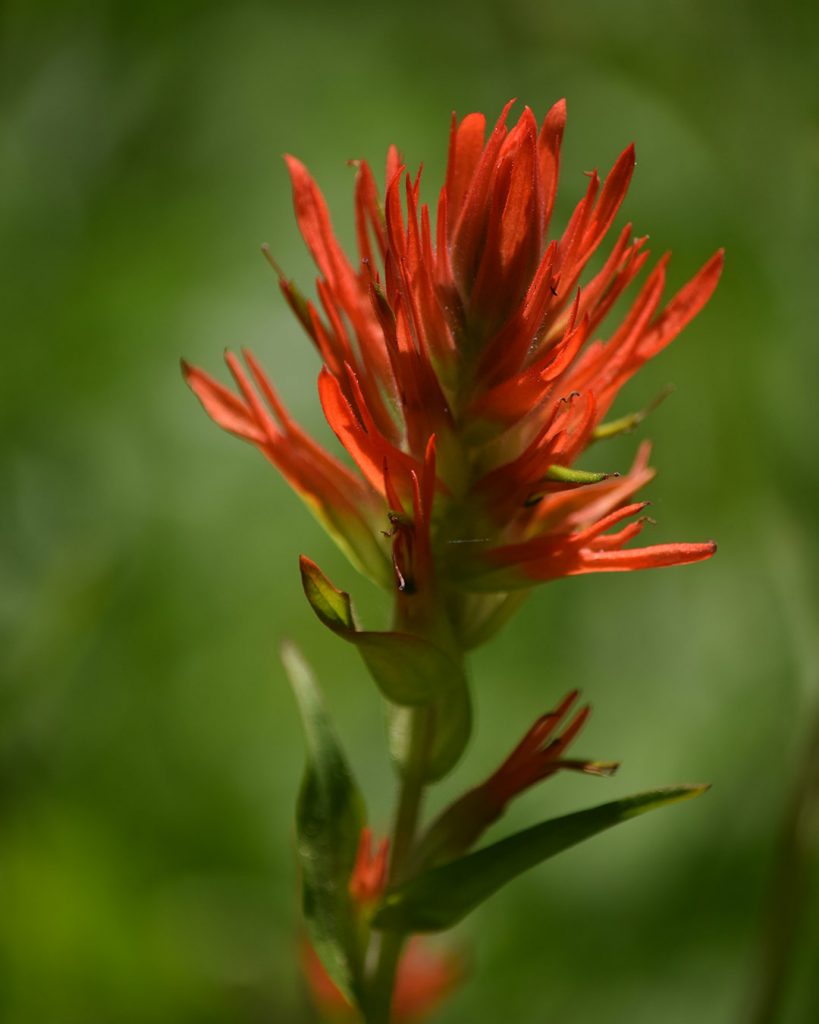
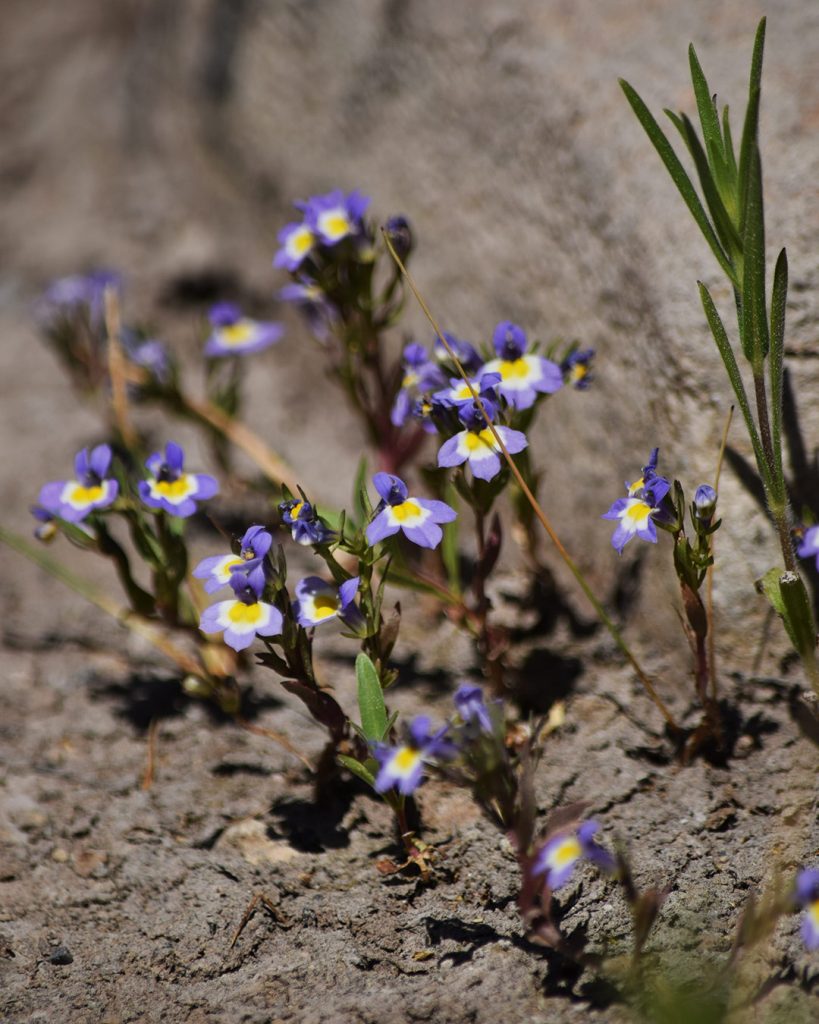
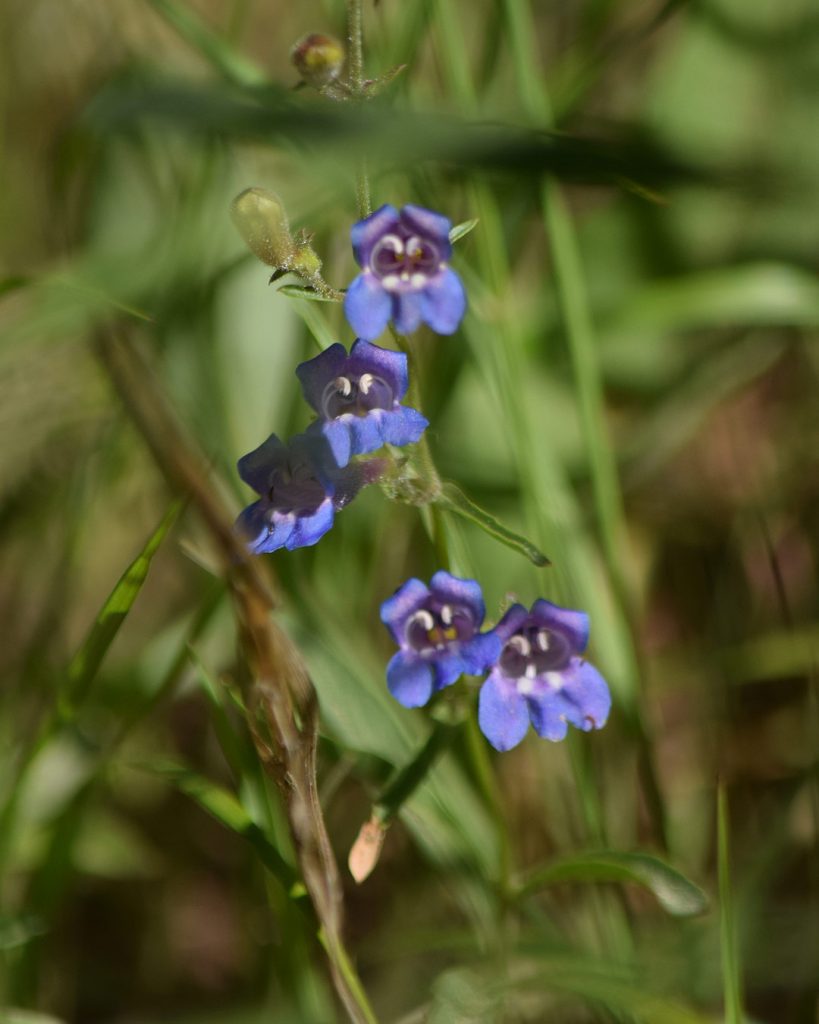
One thought on “Lake Tahoe Wildflowers: Tips for Finding Wildflowers at Tahoe”